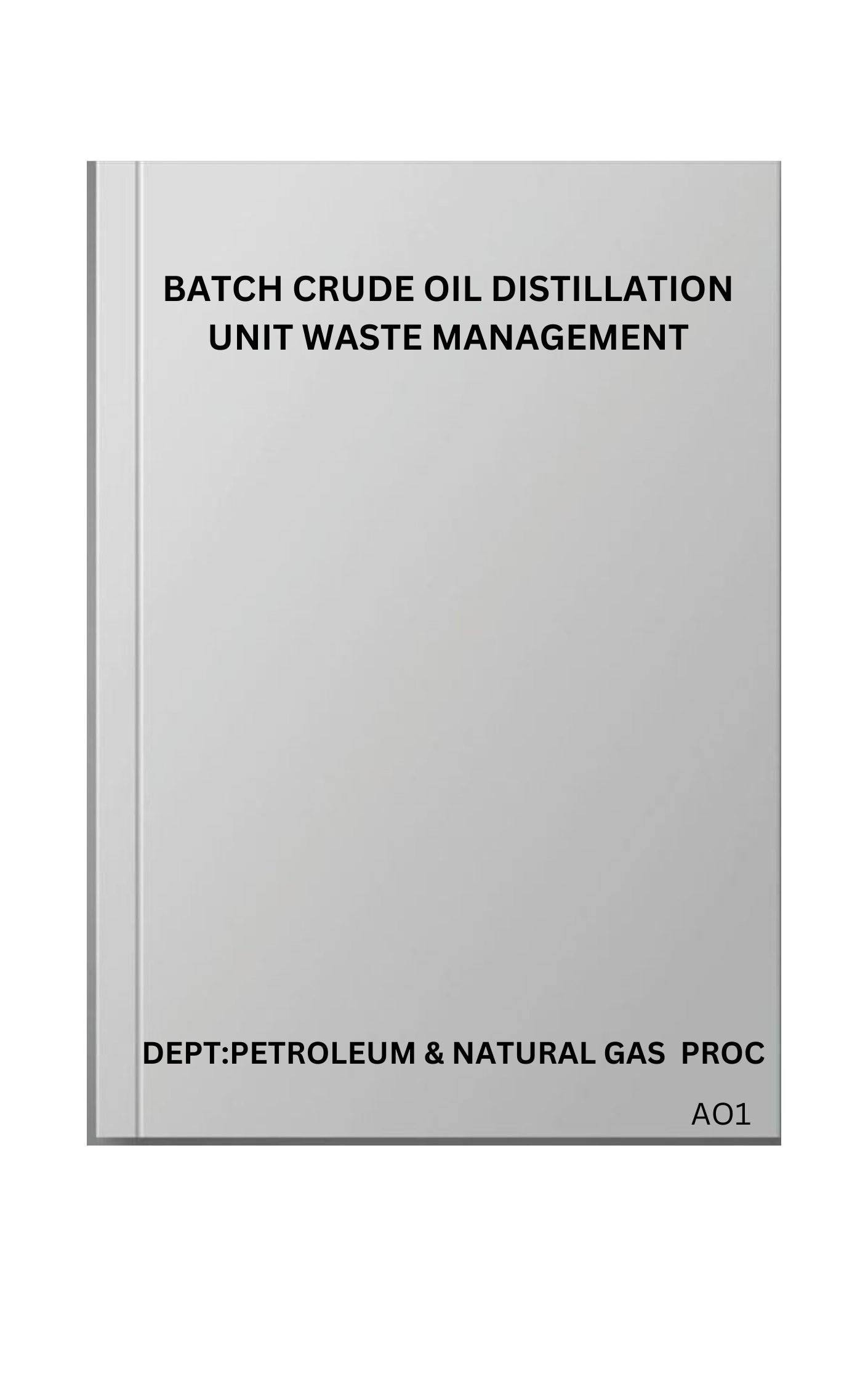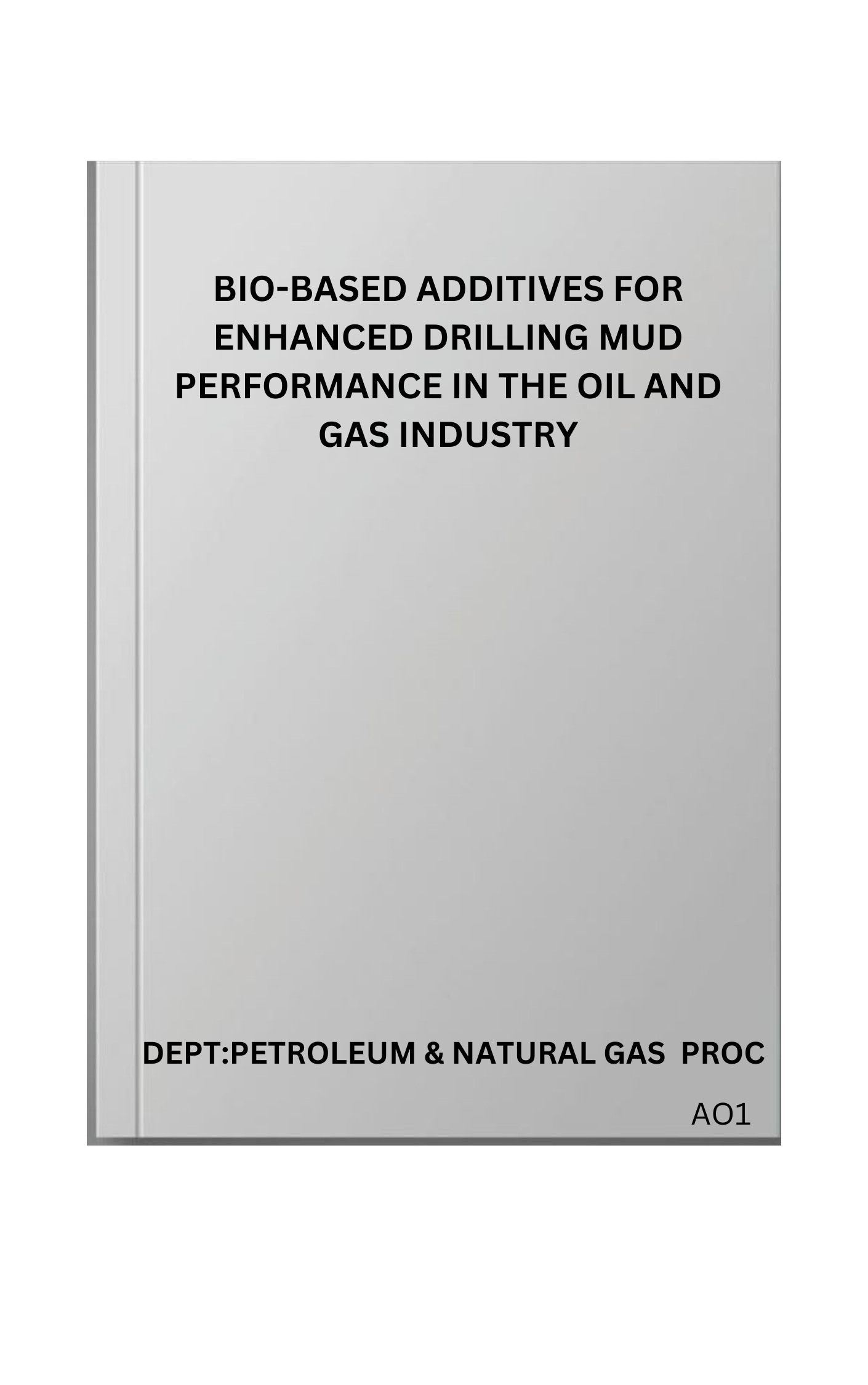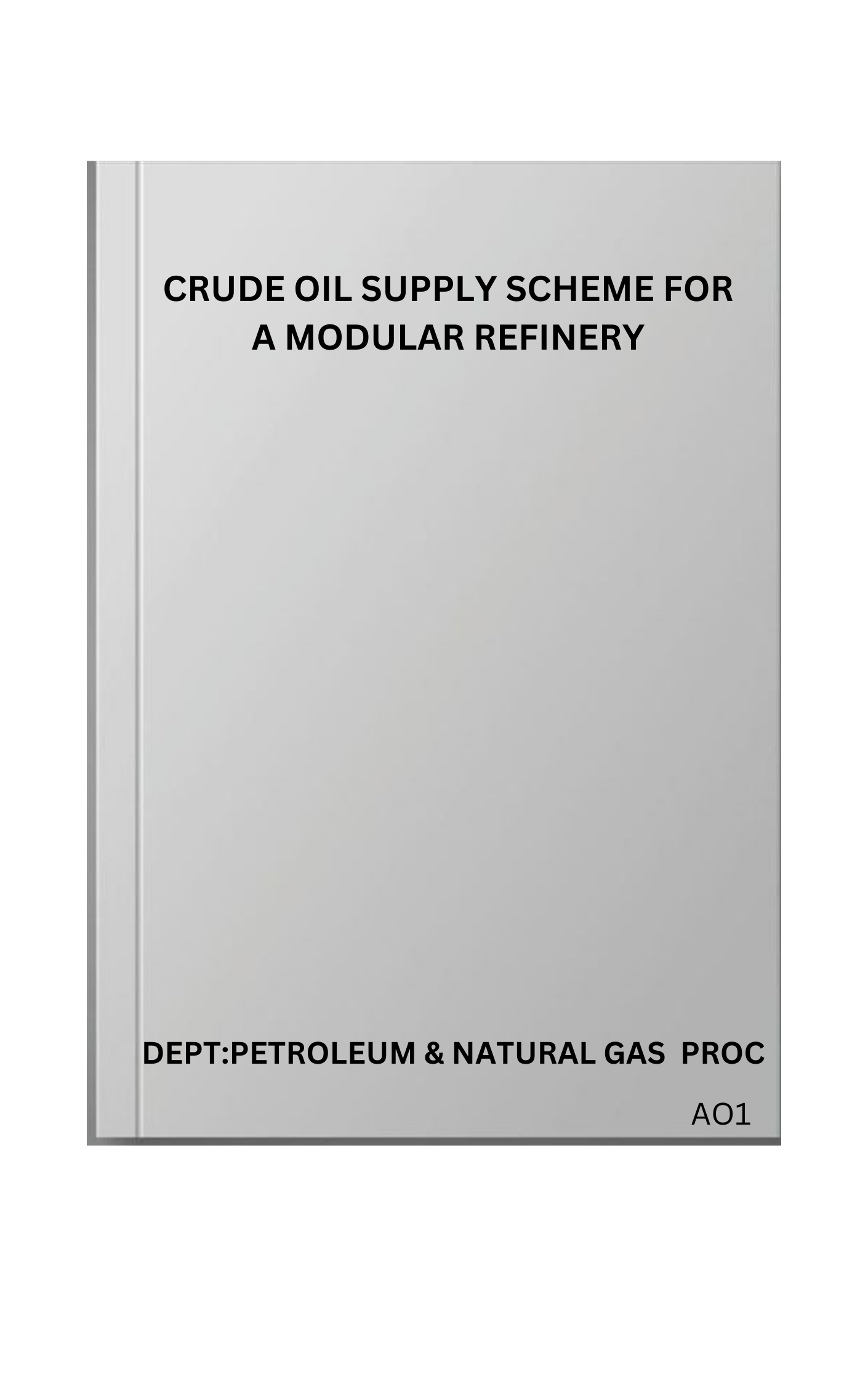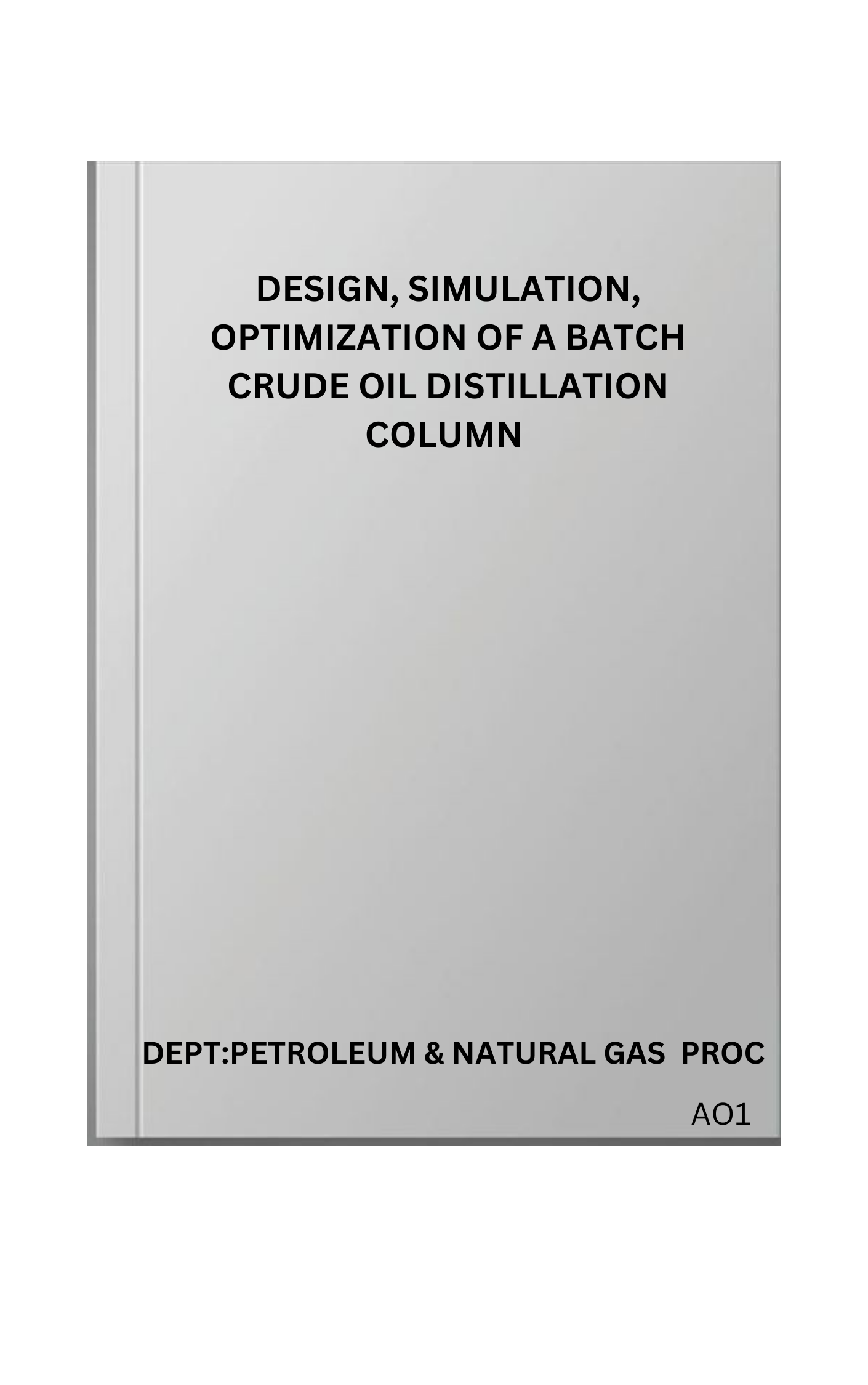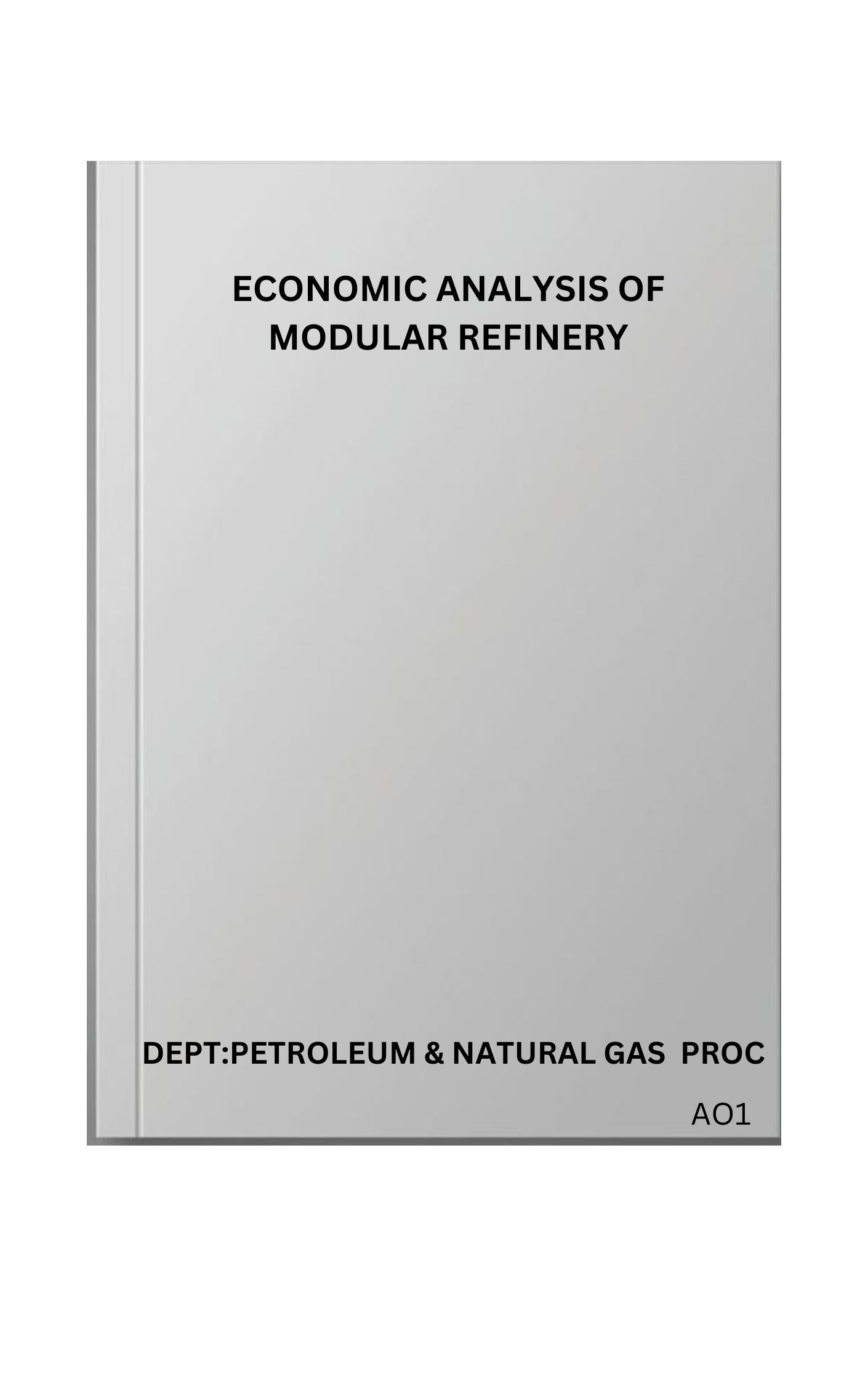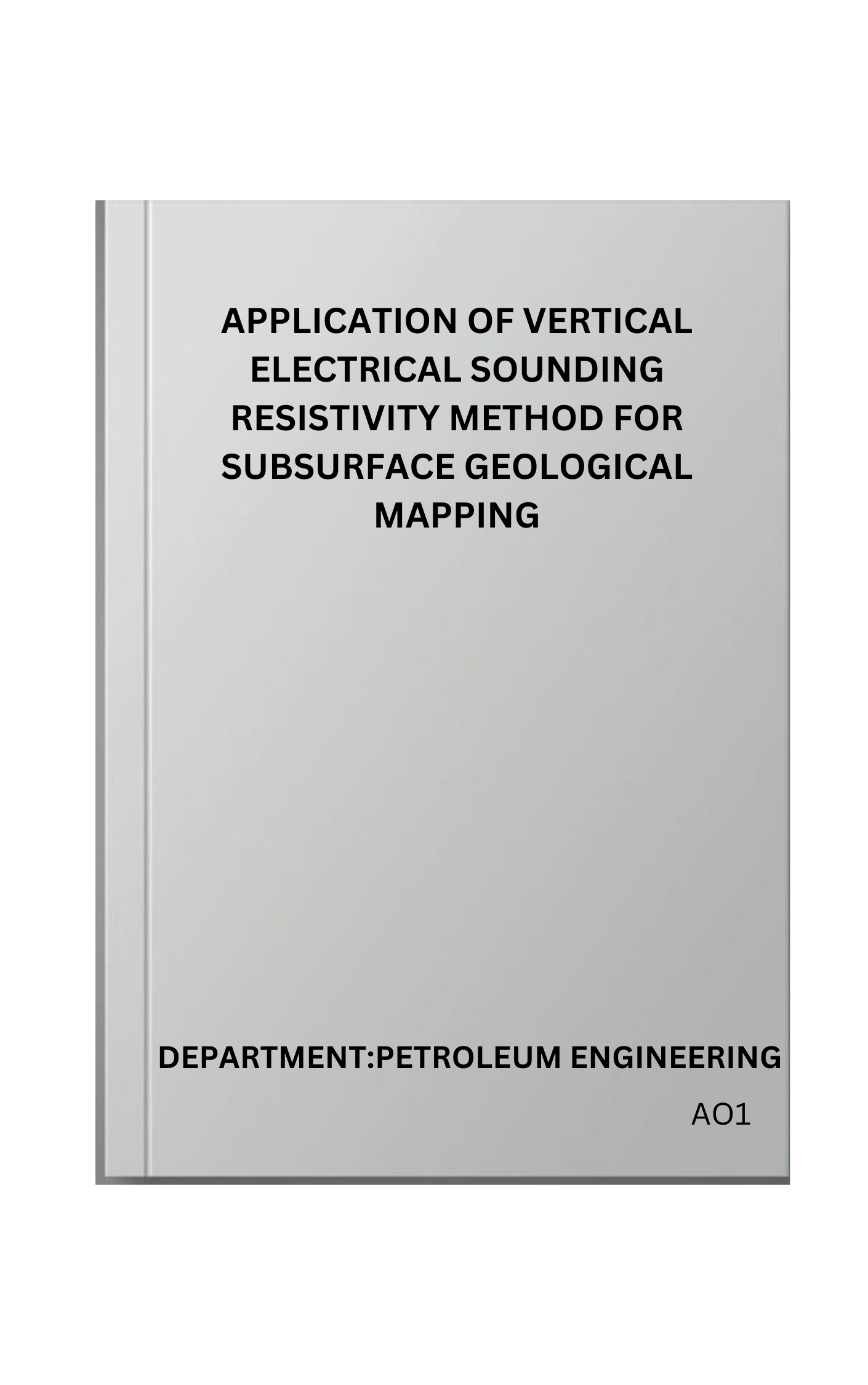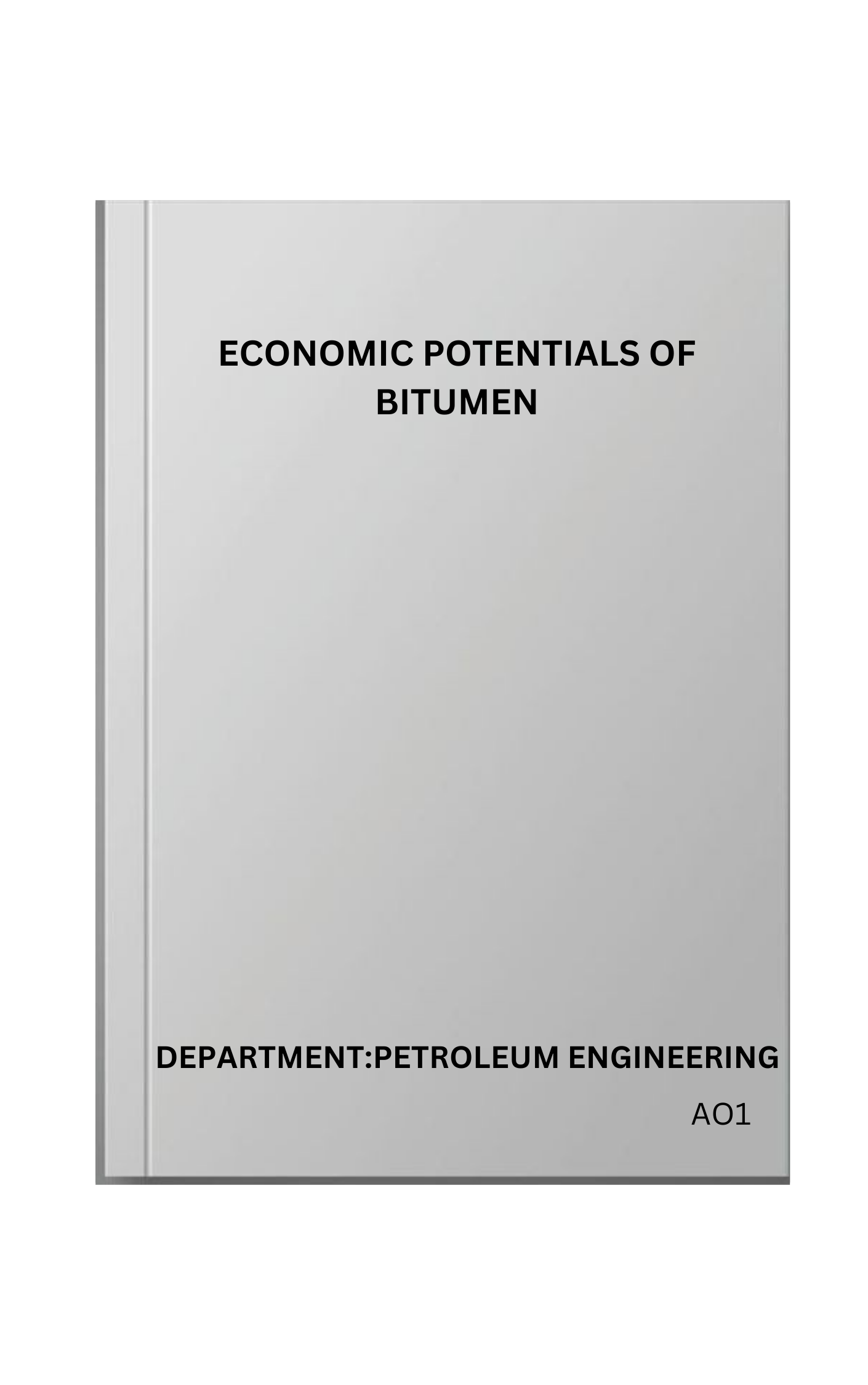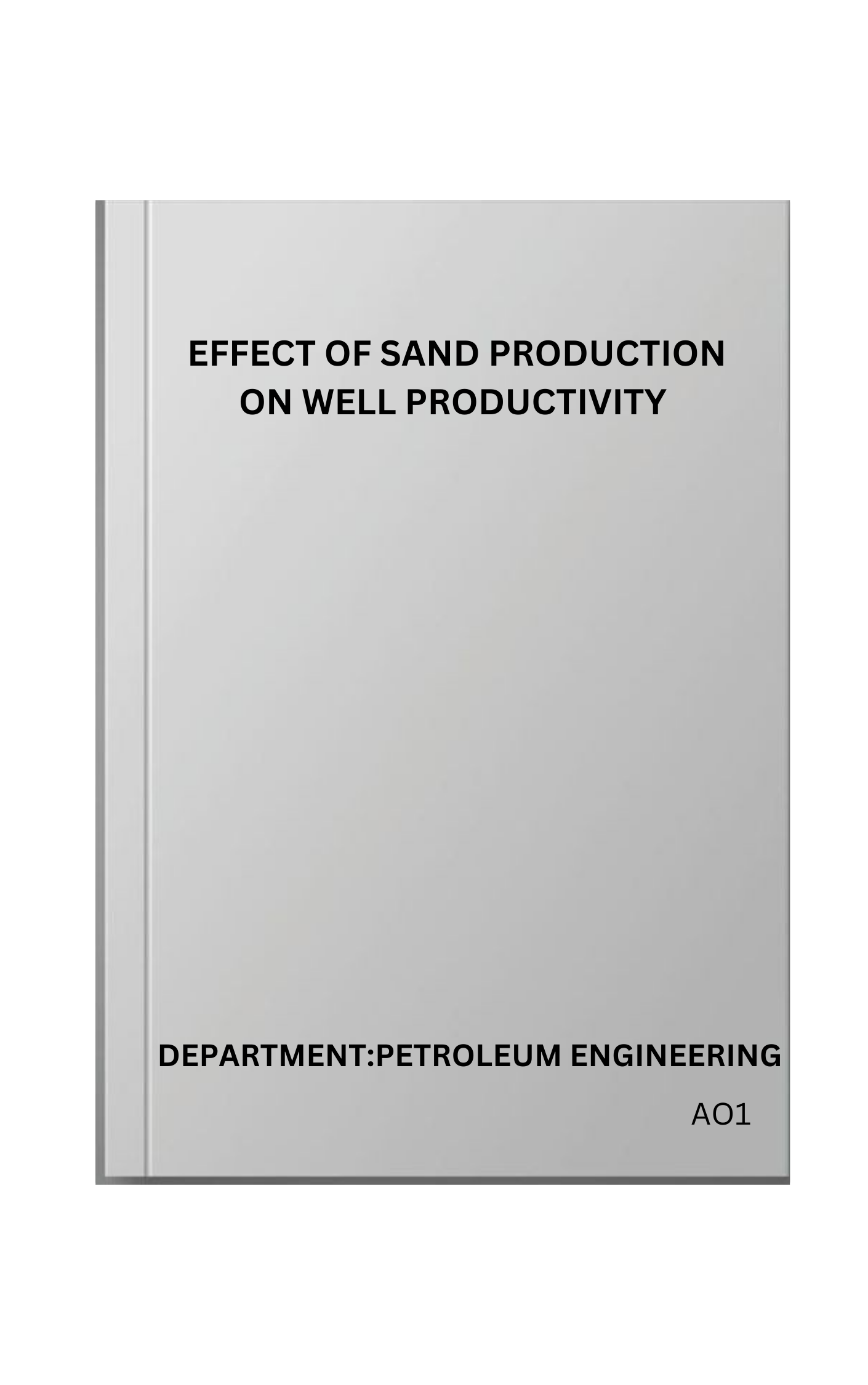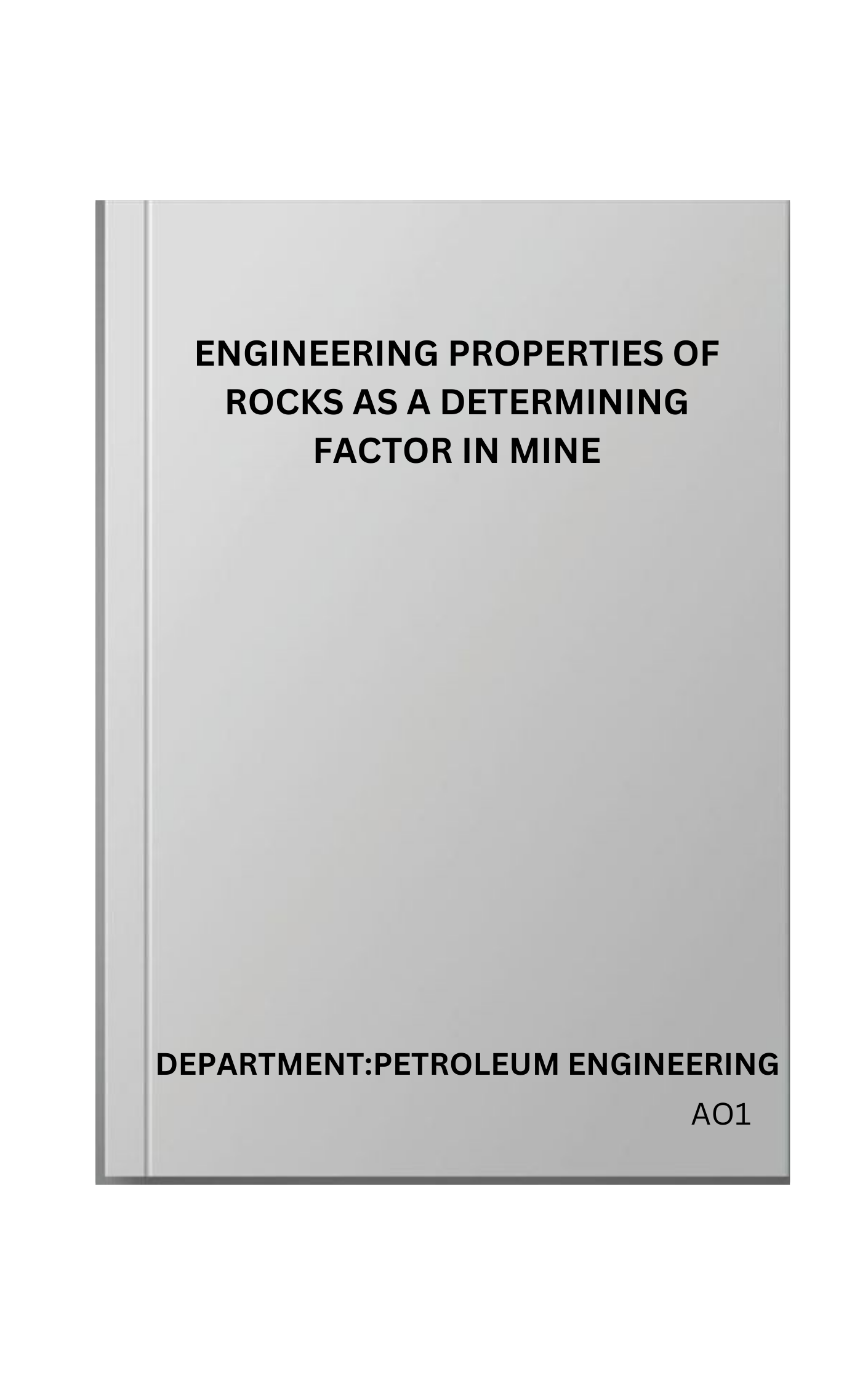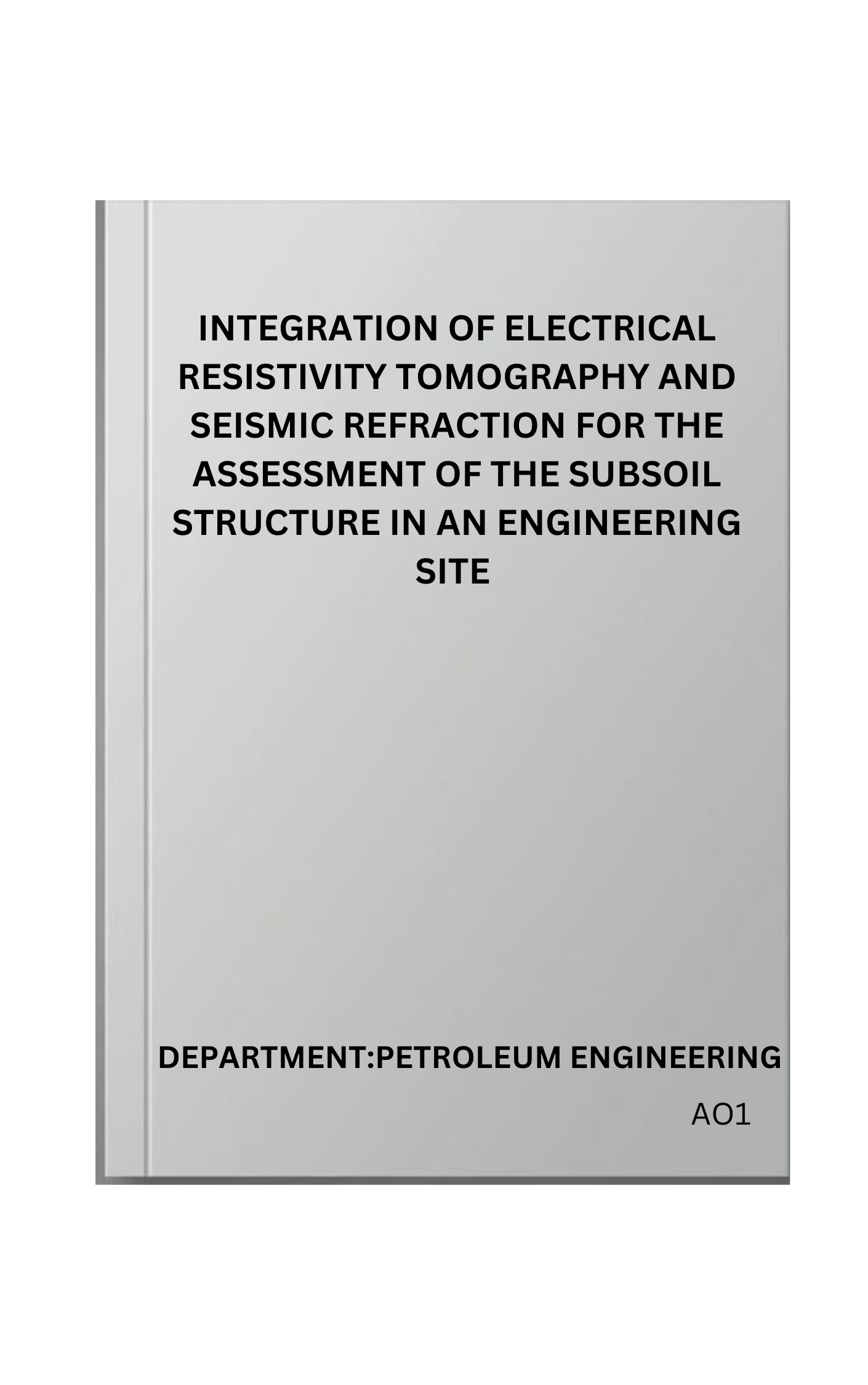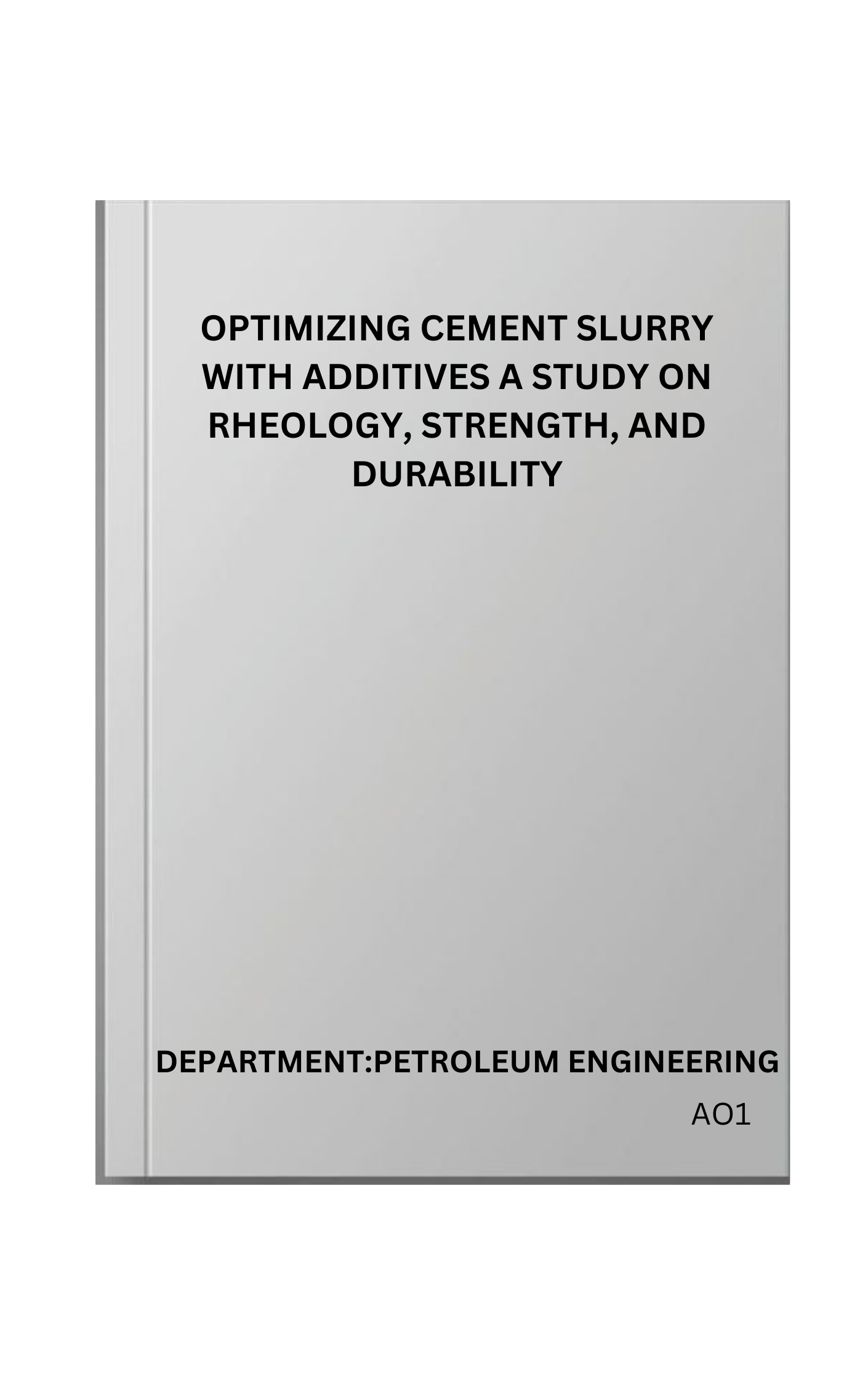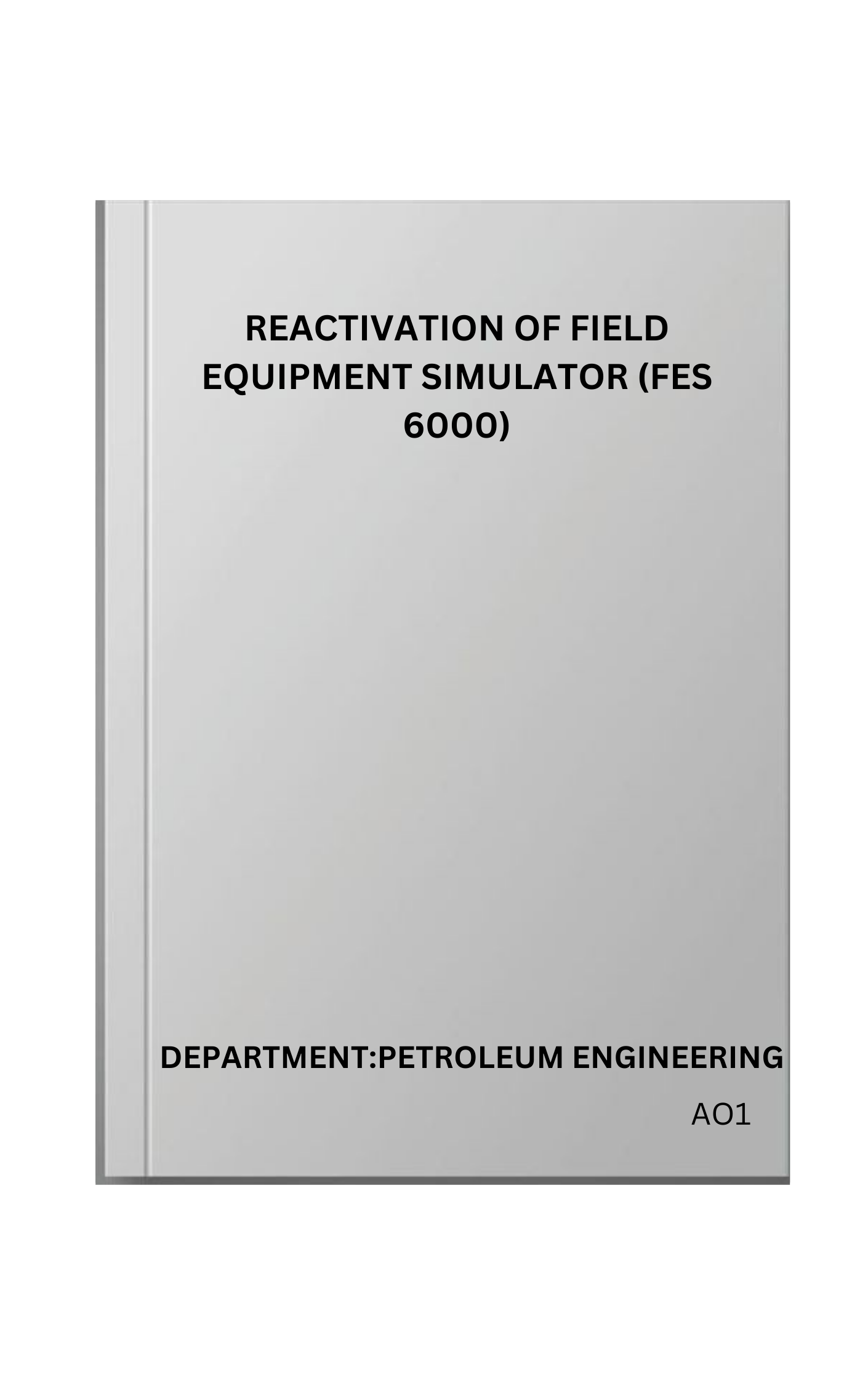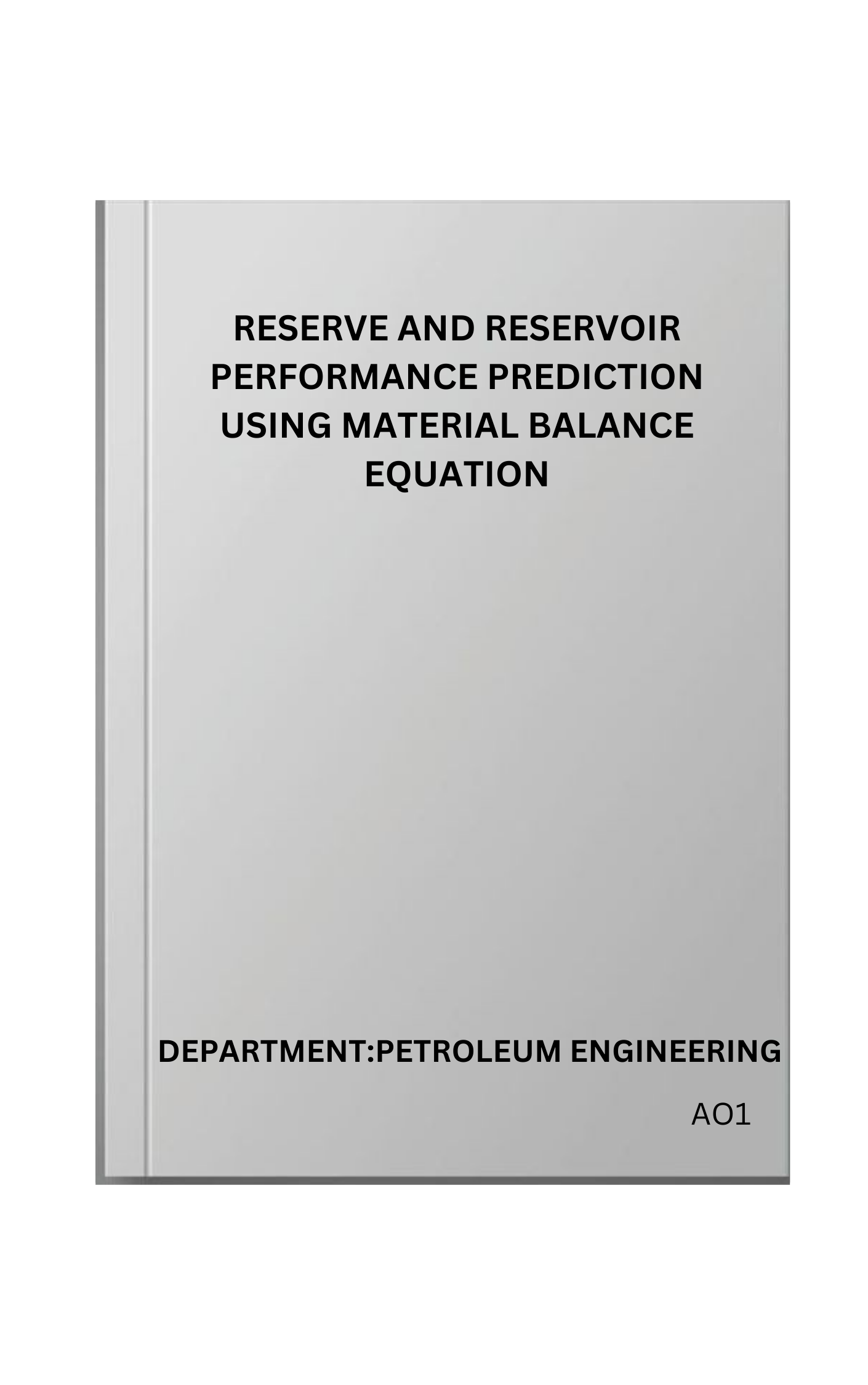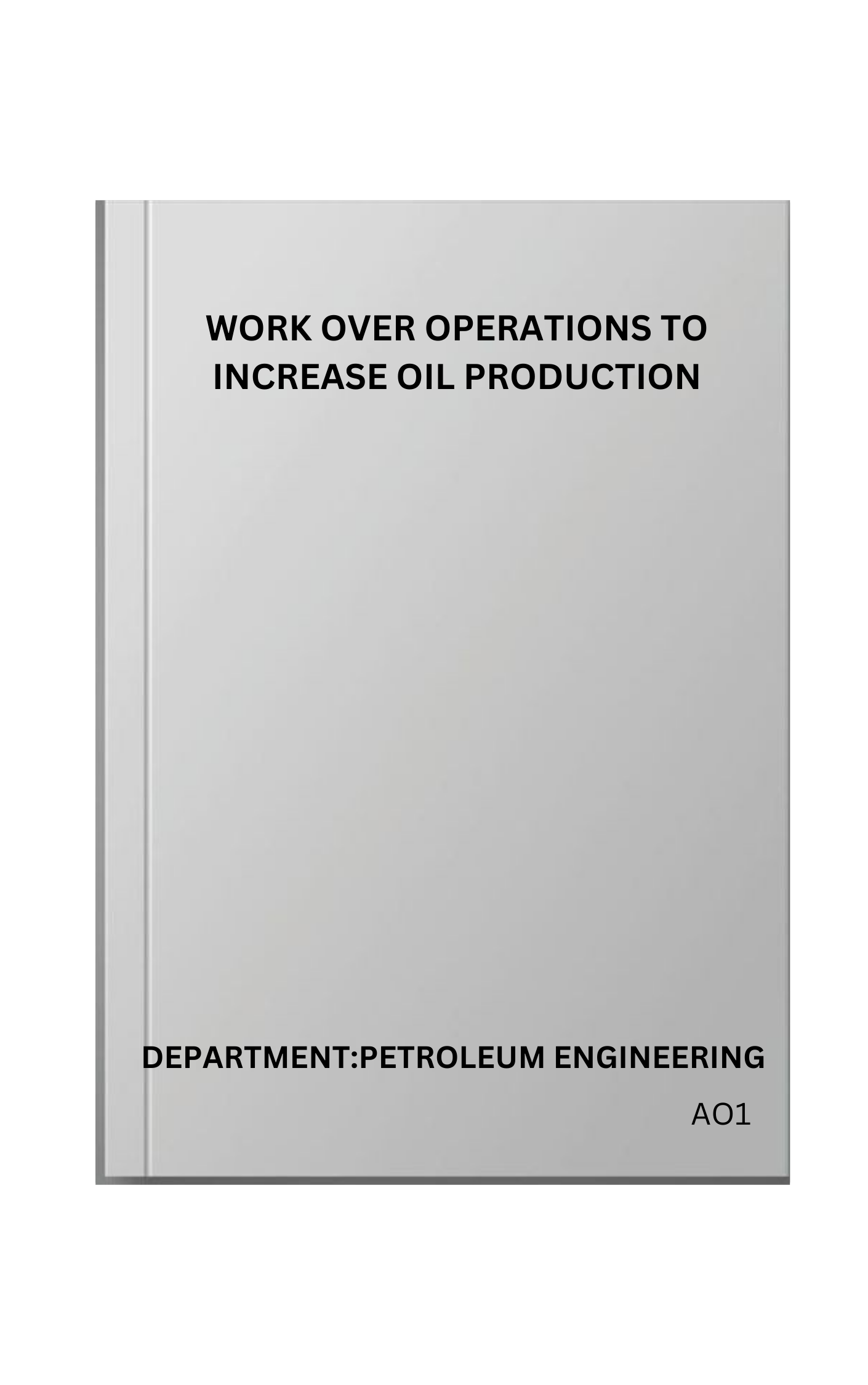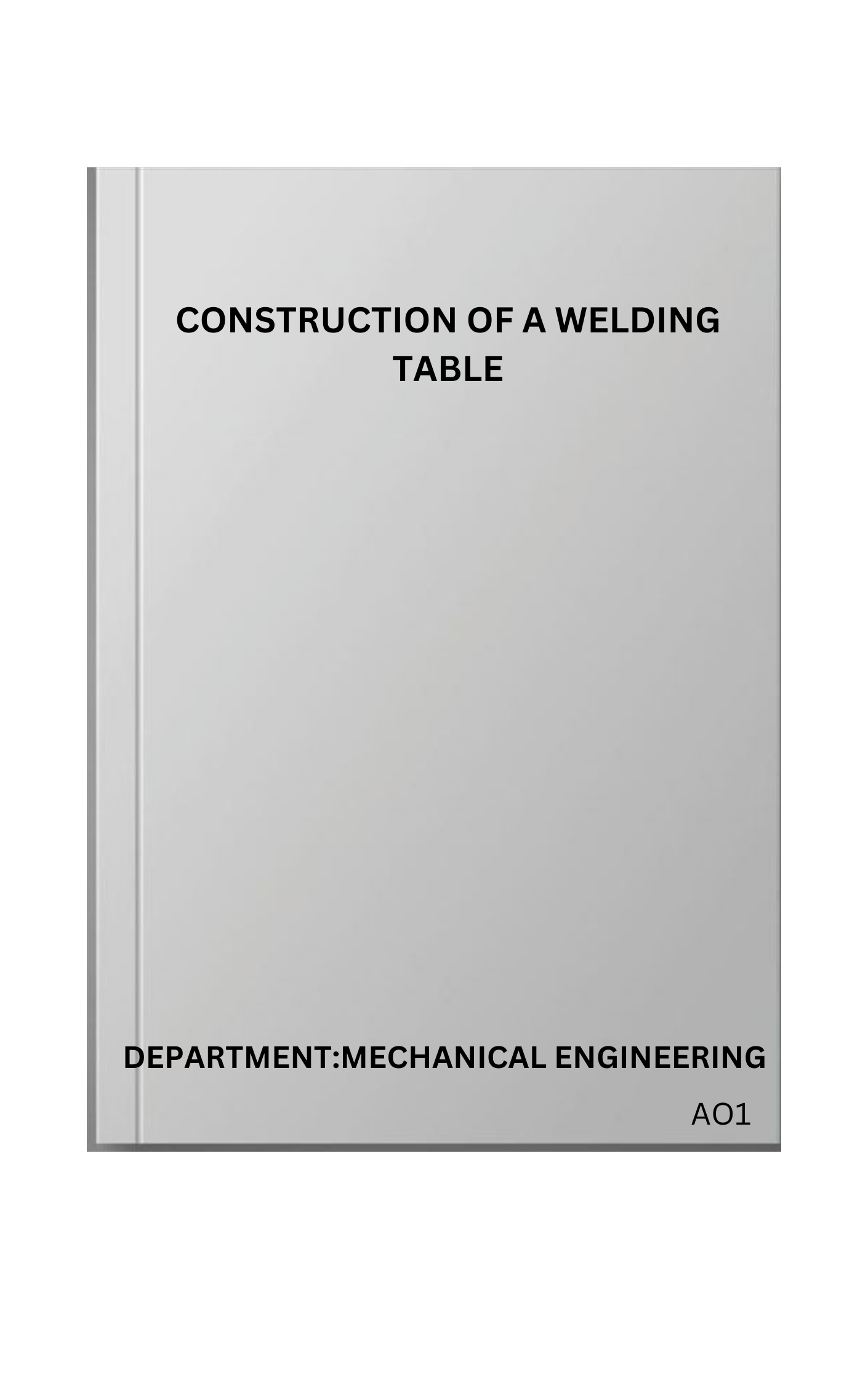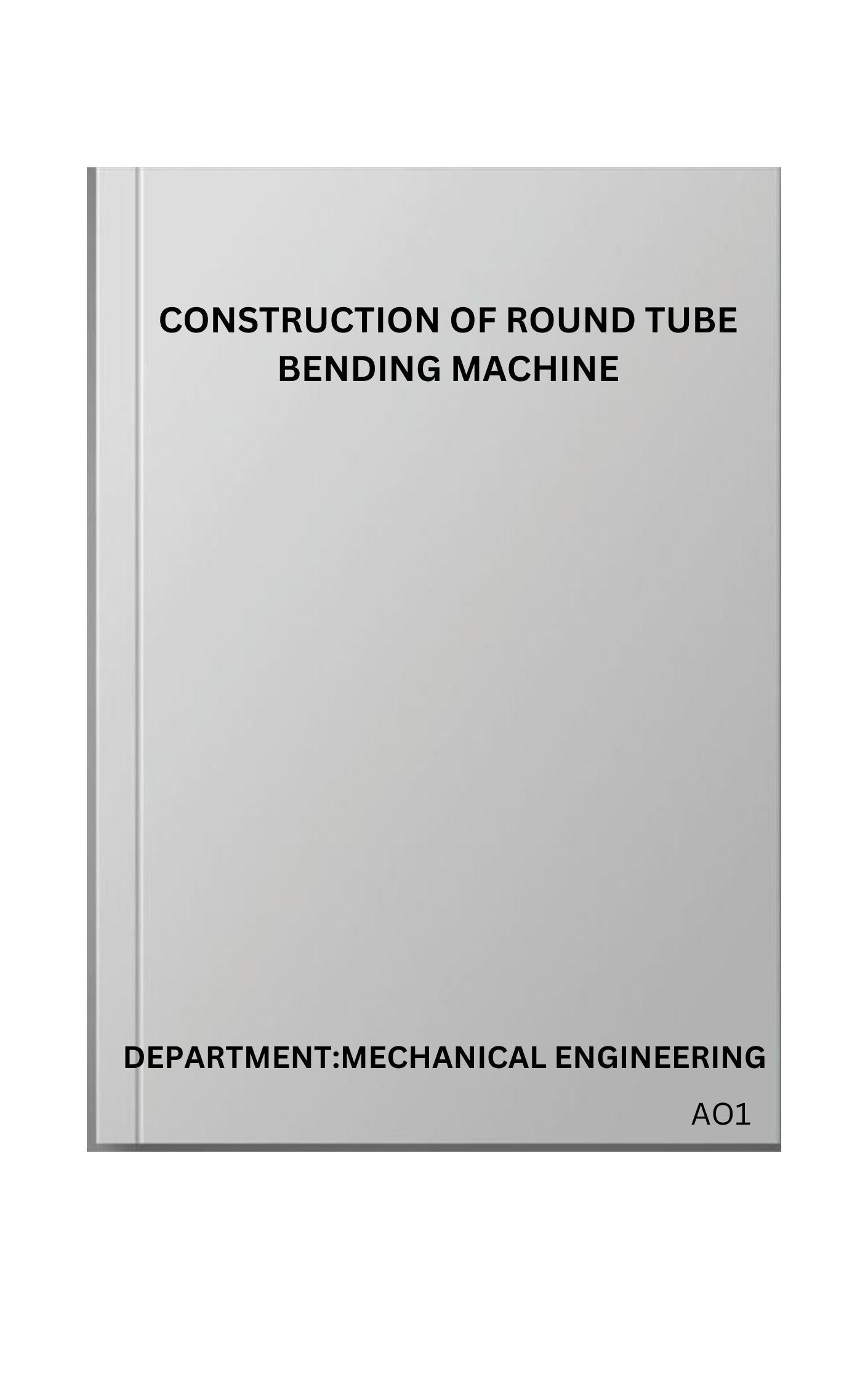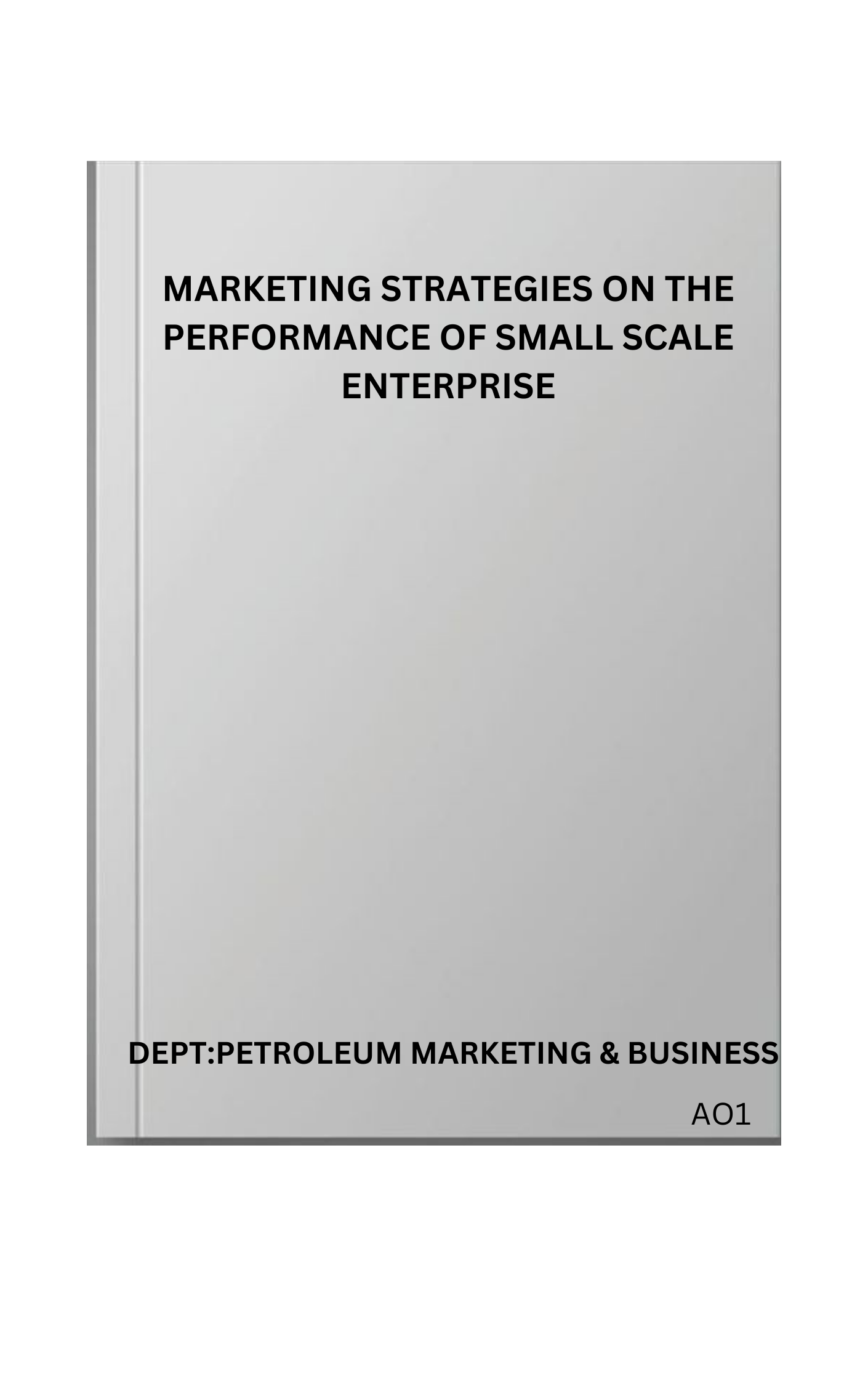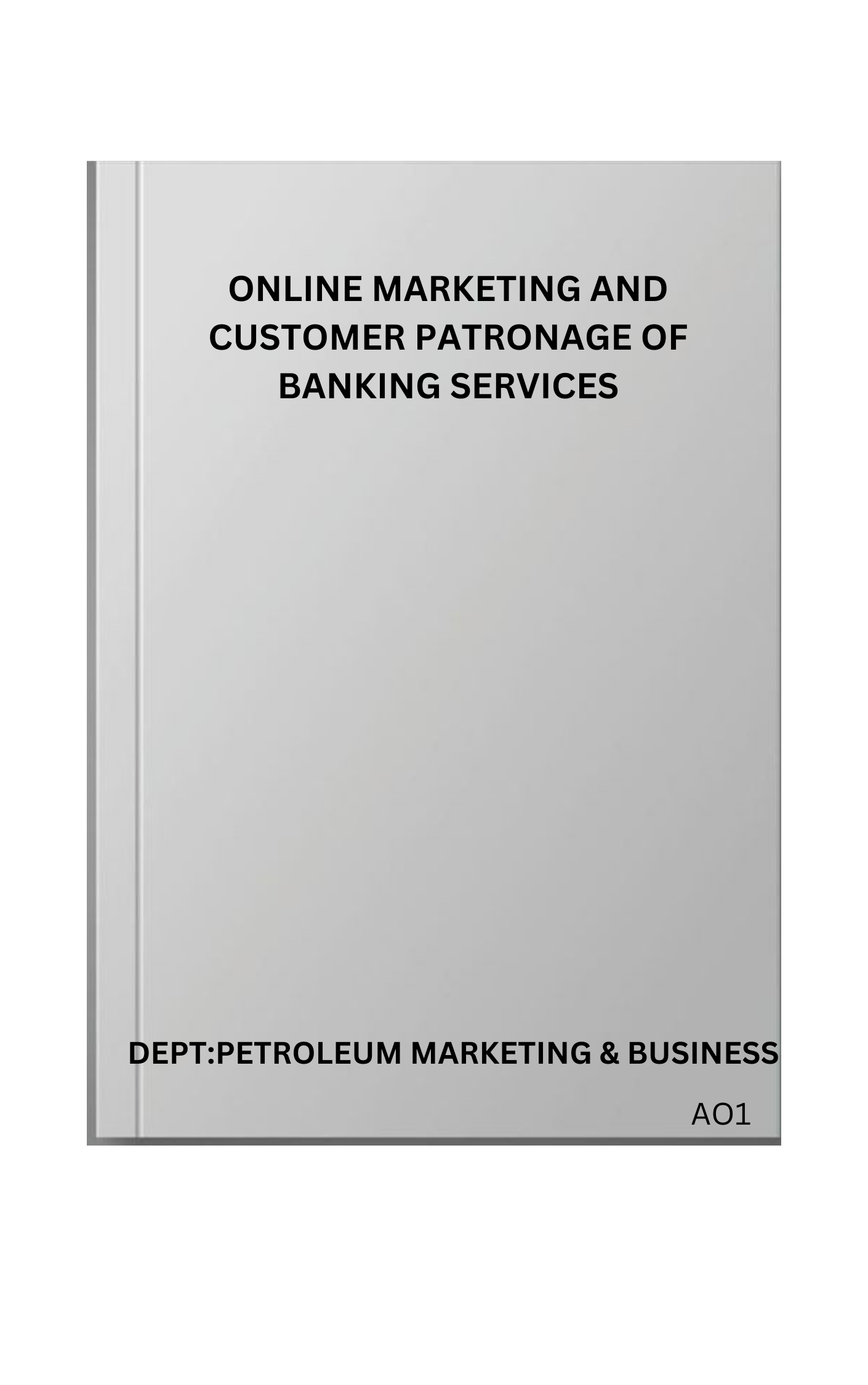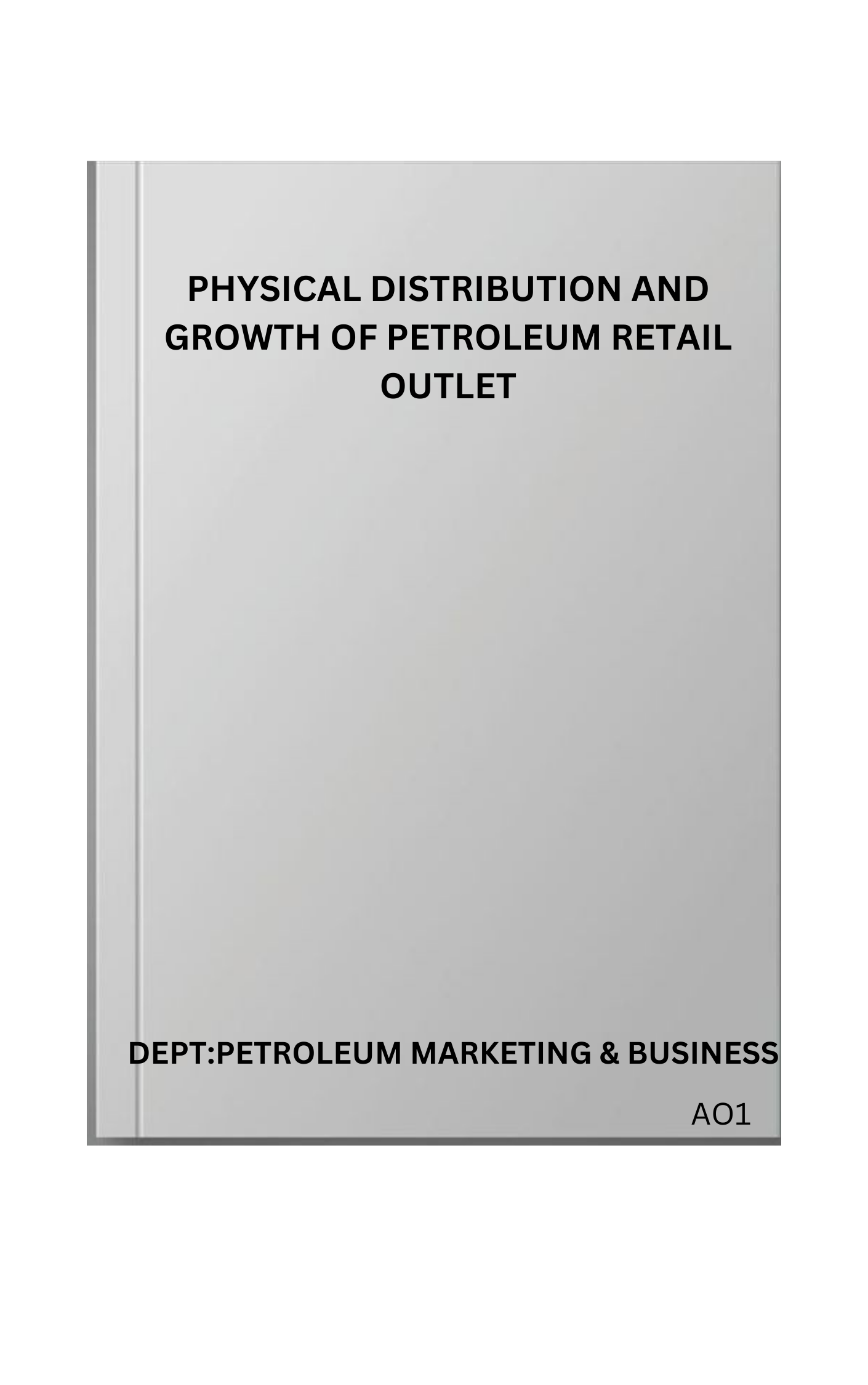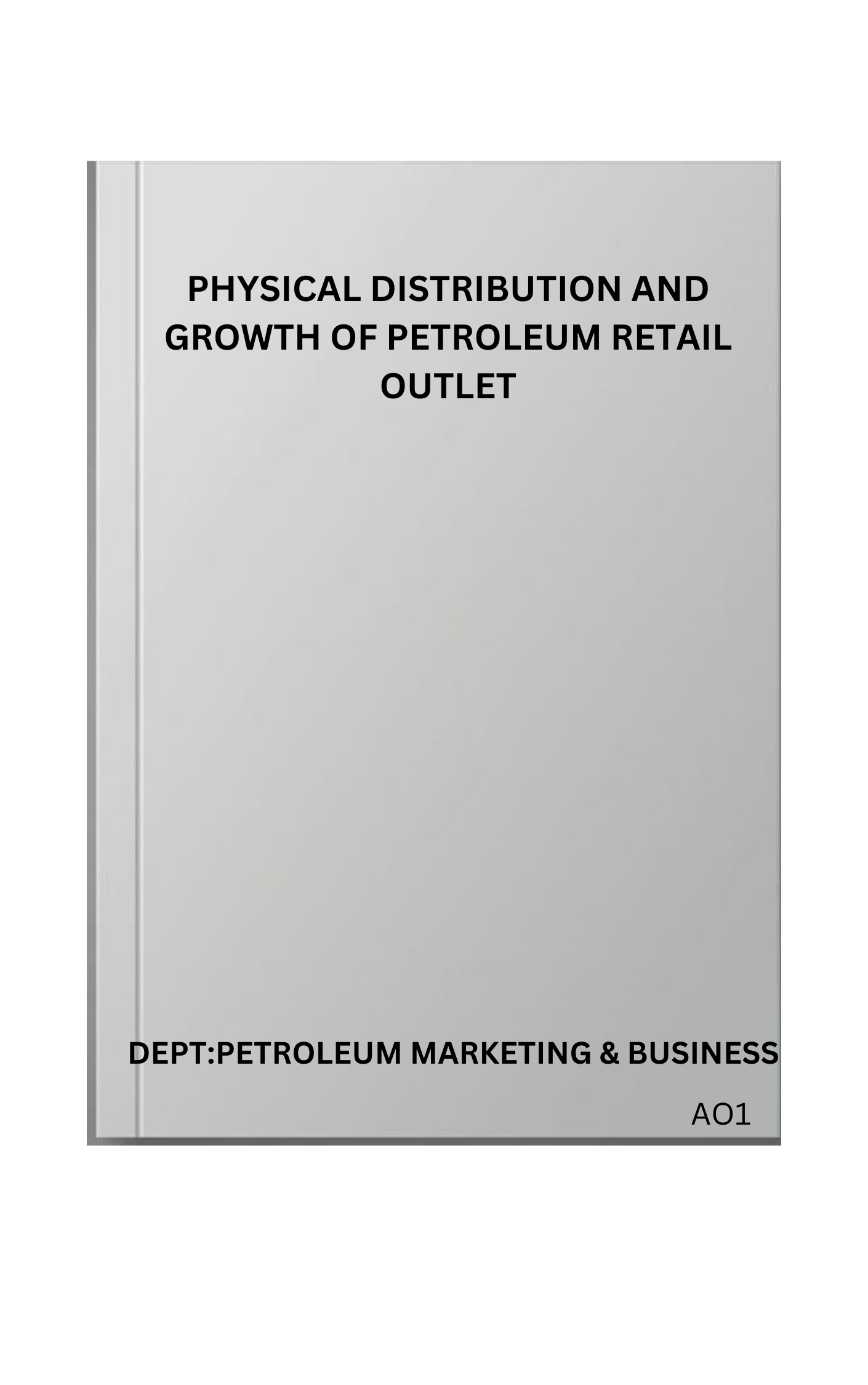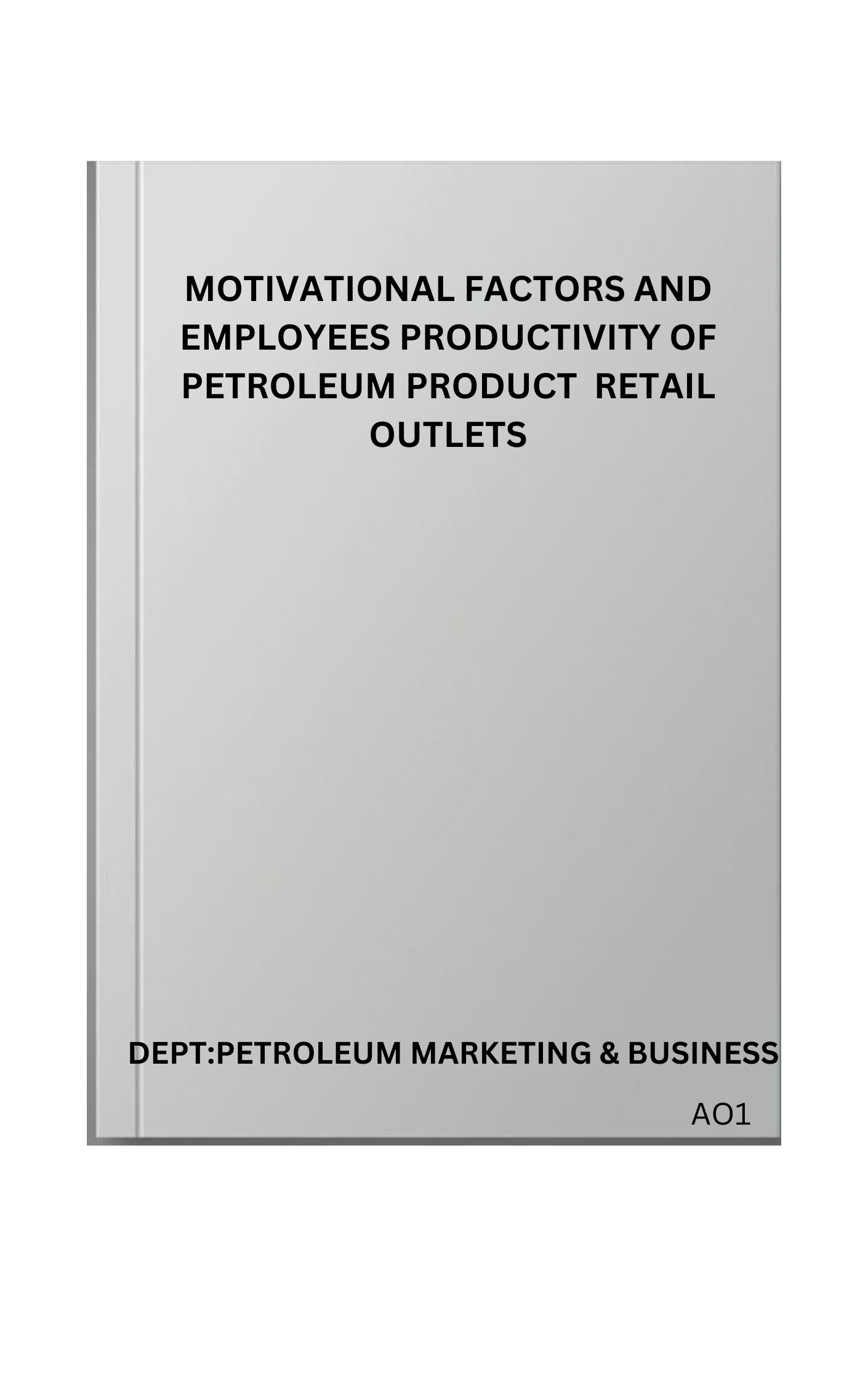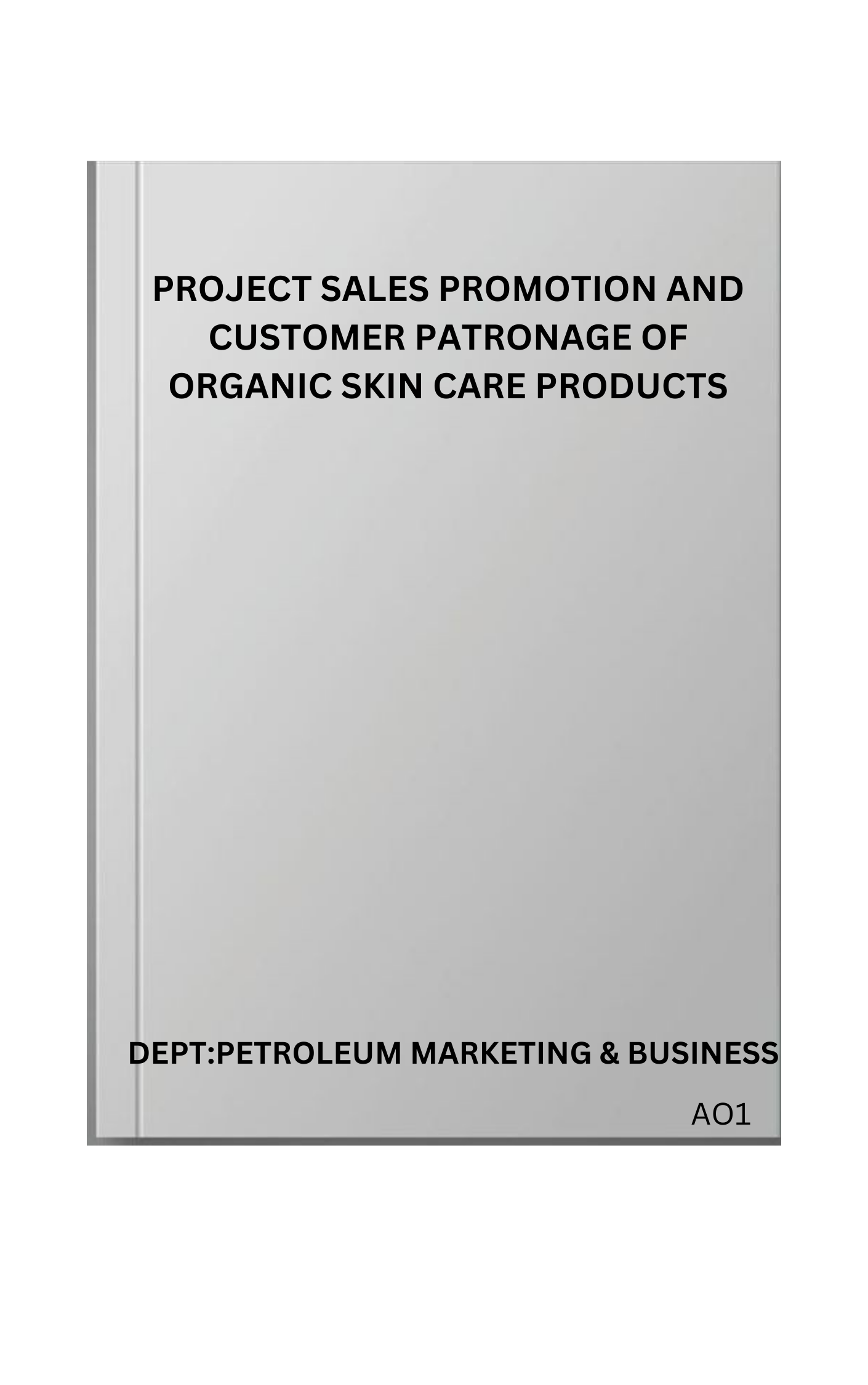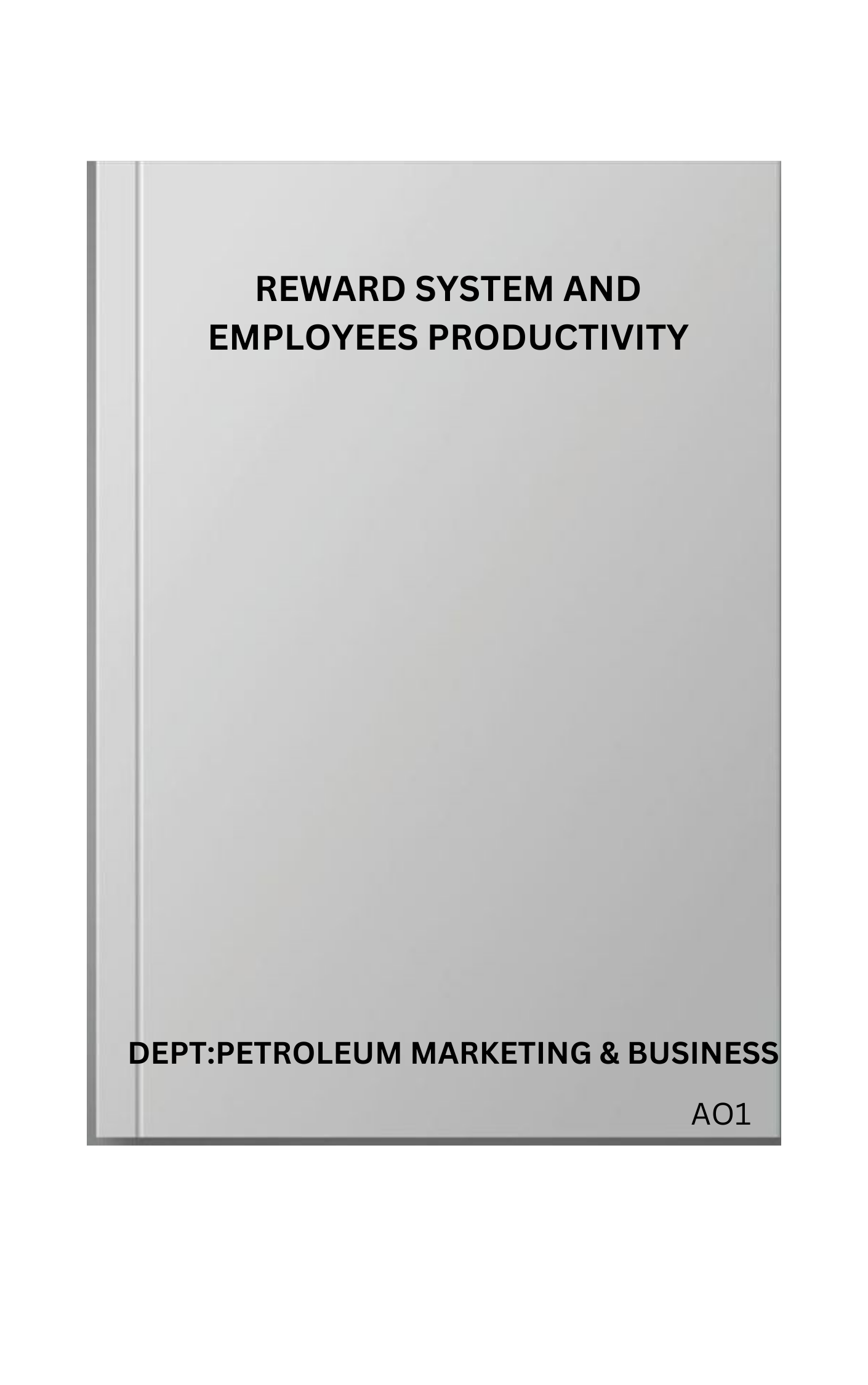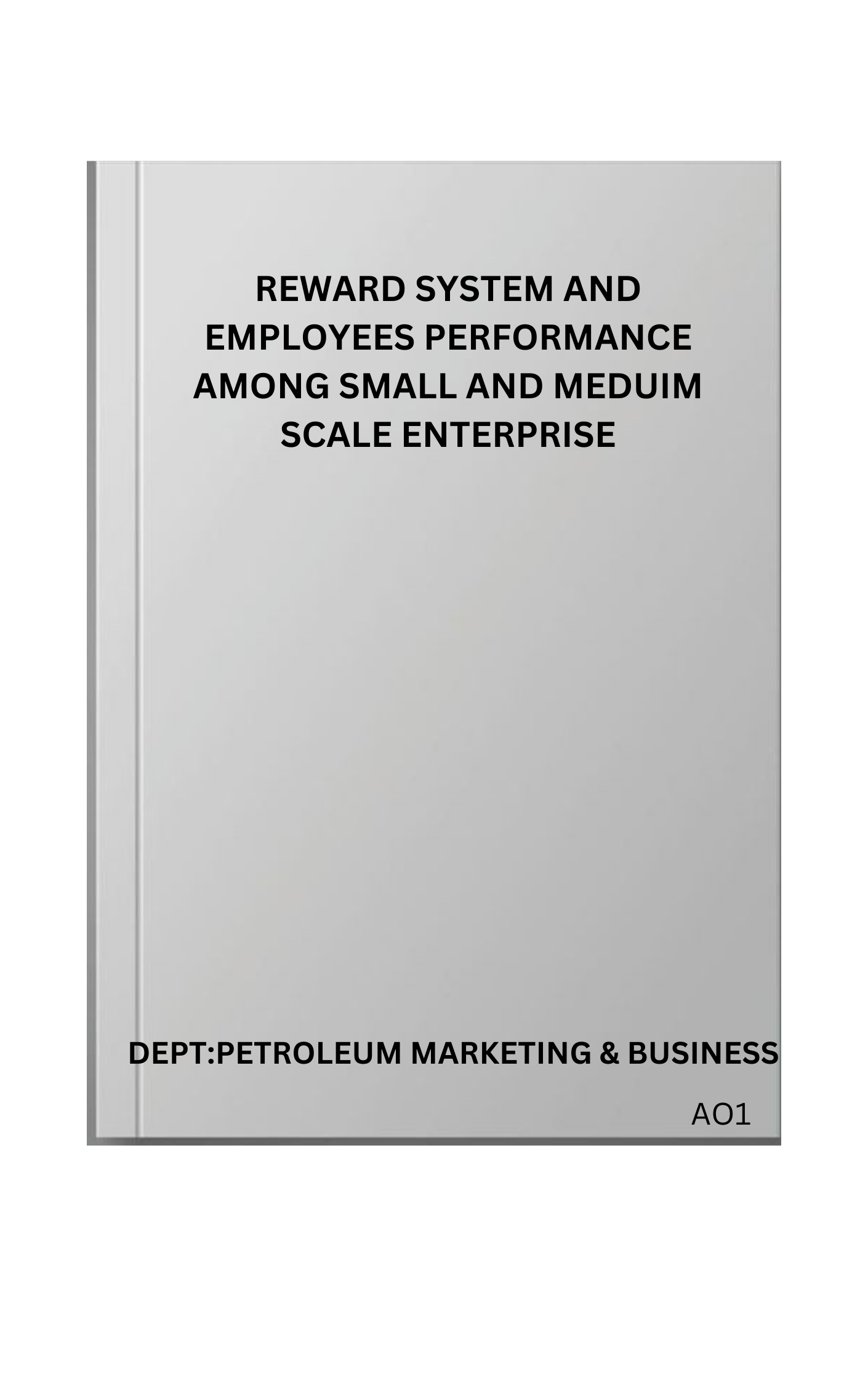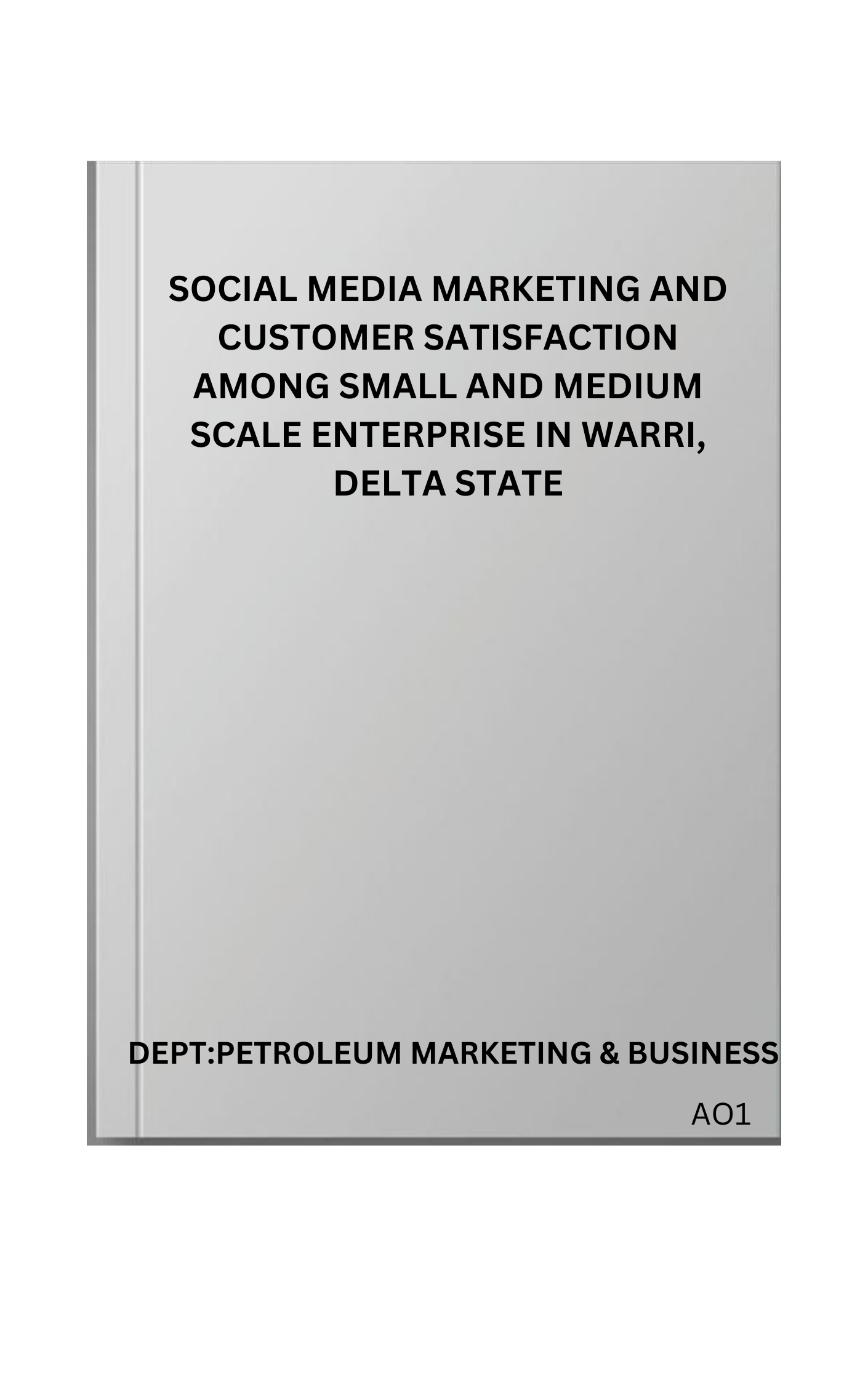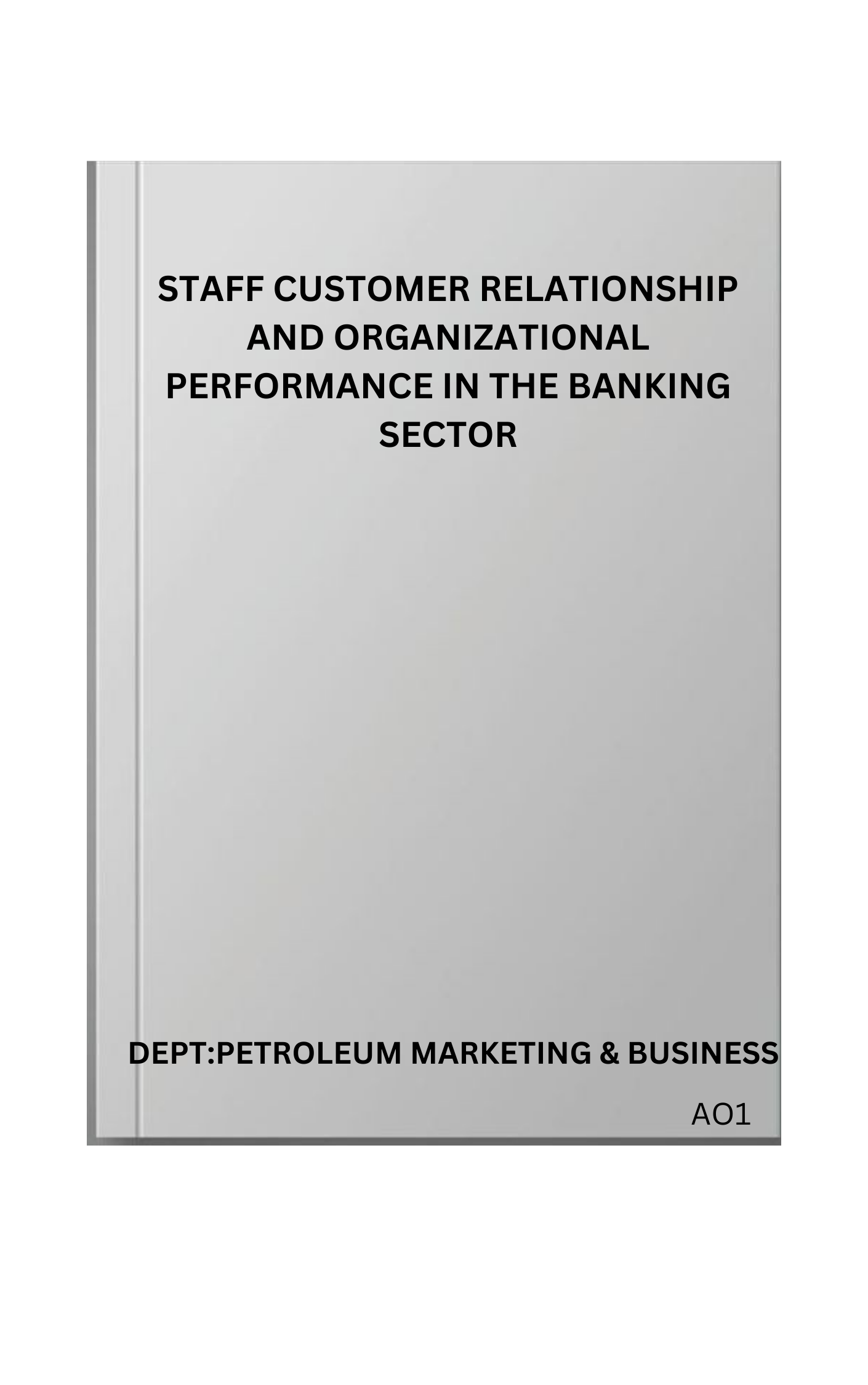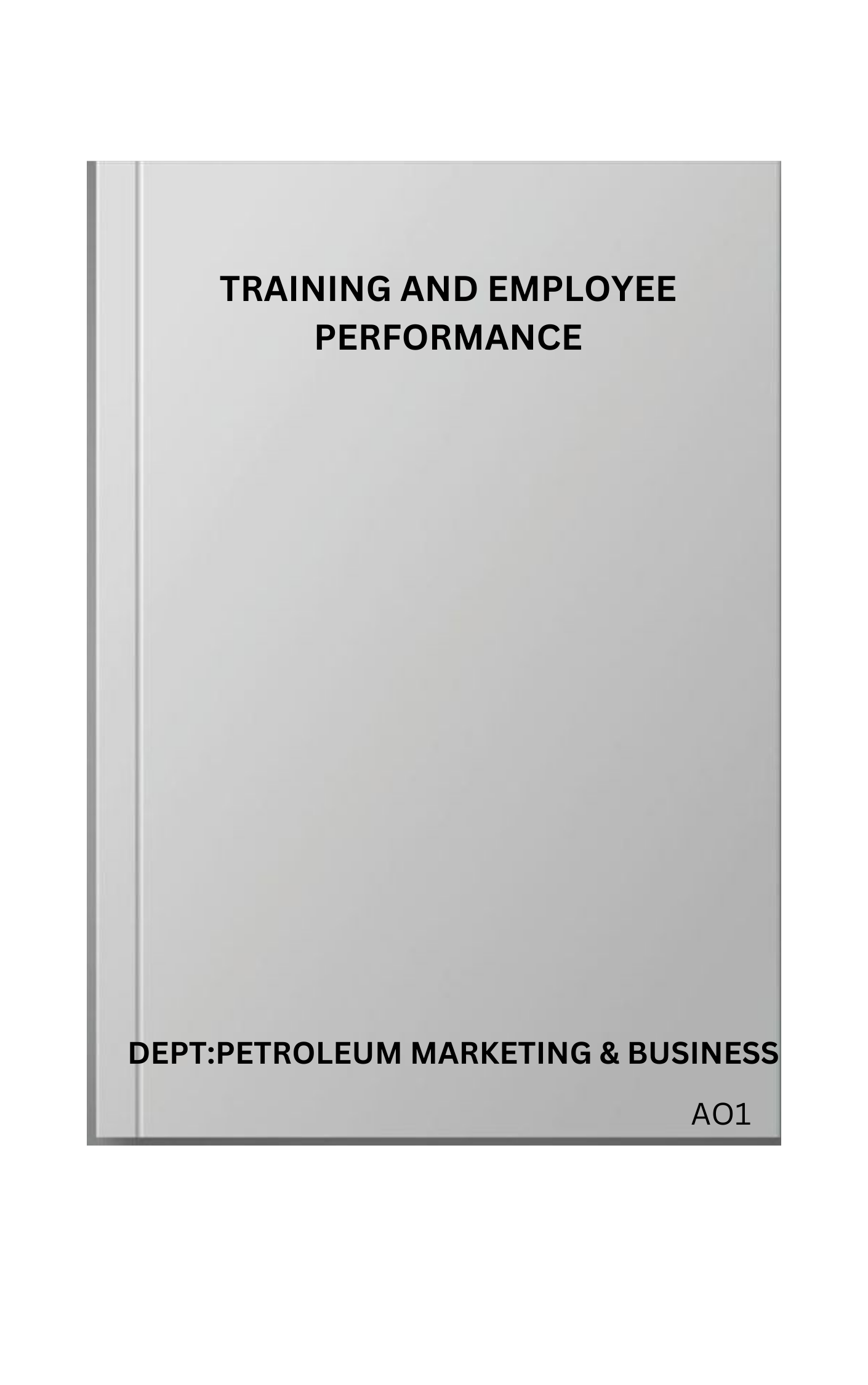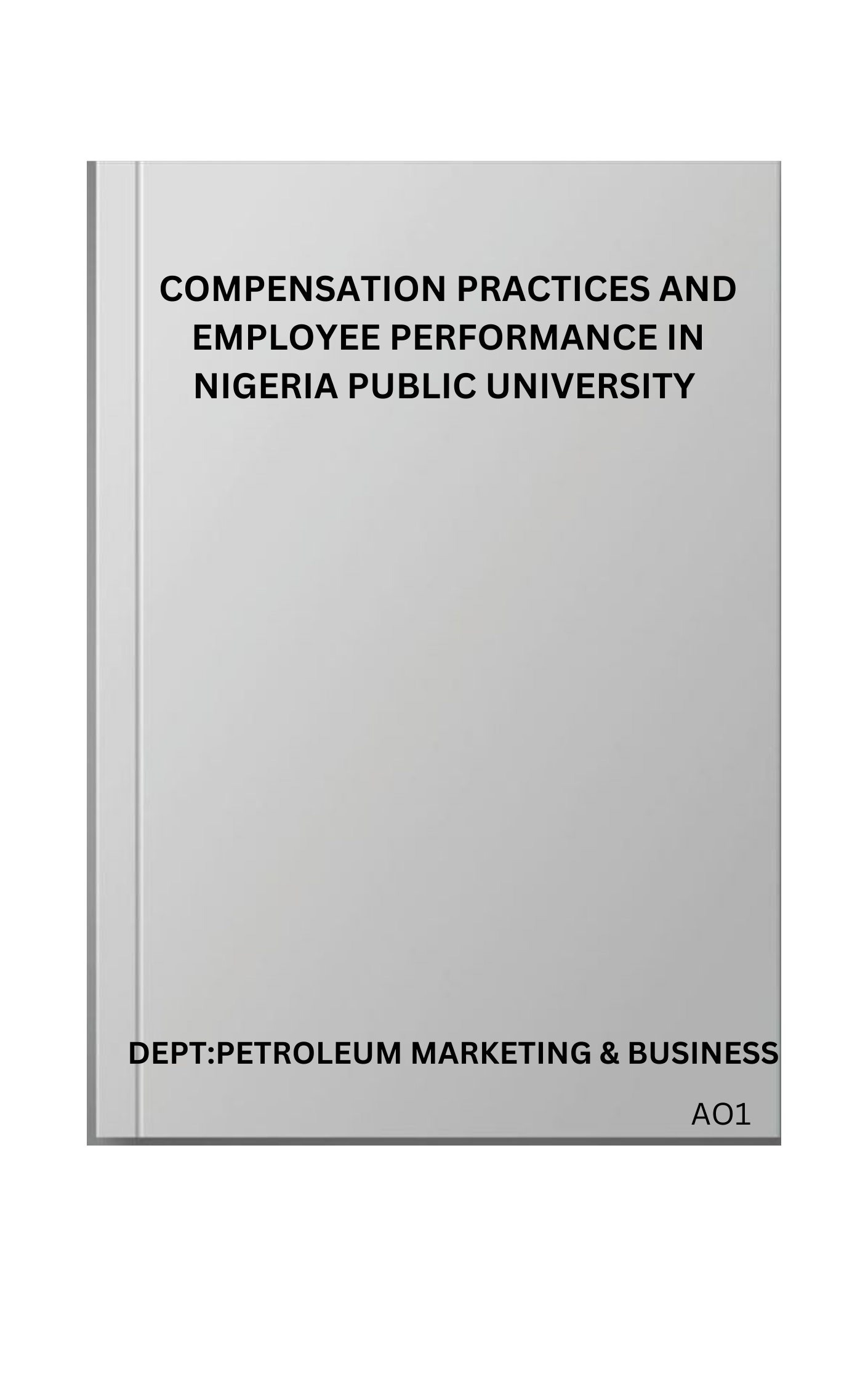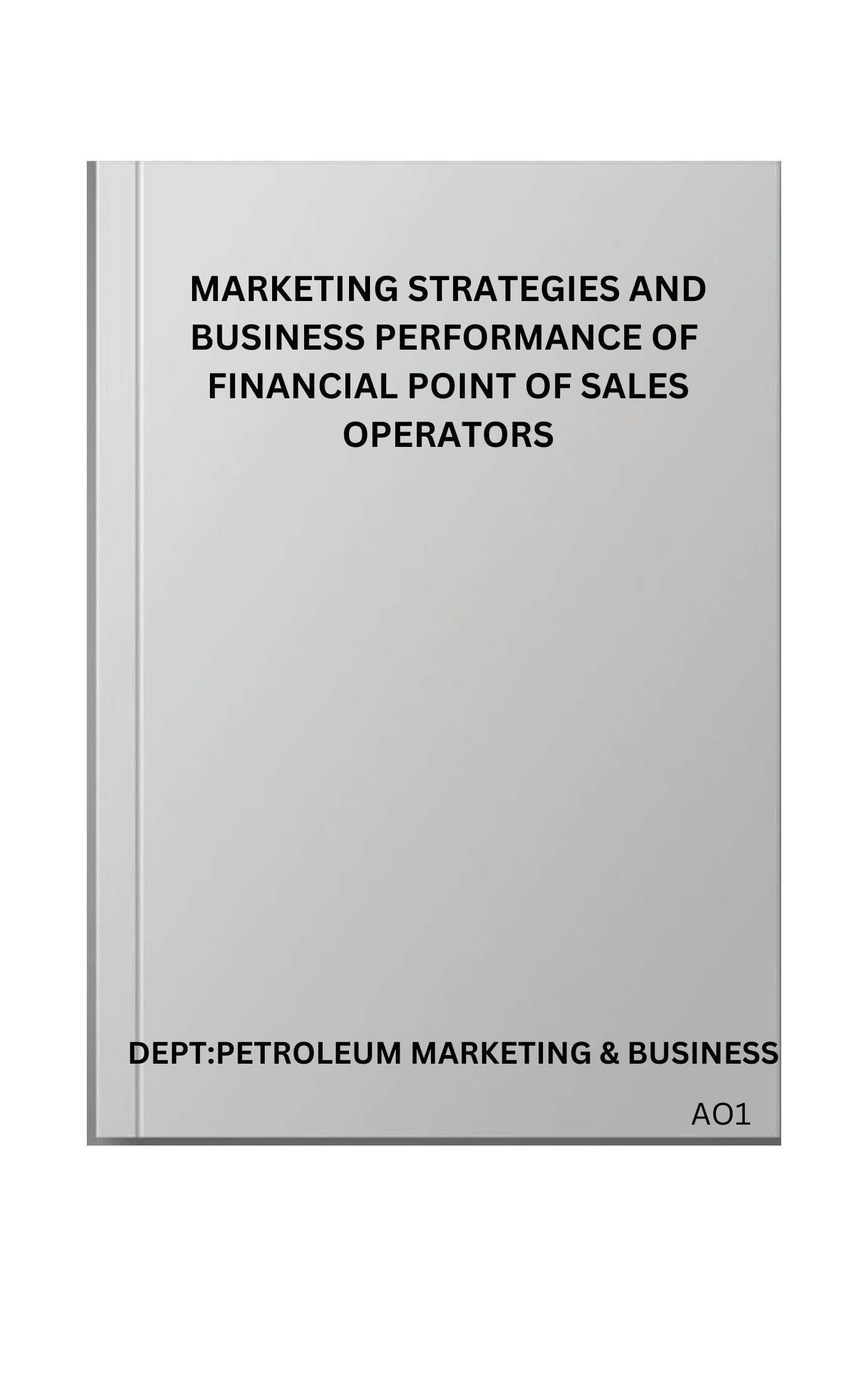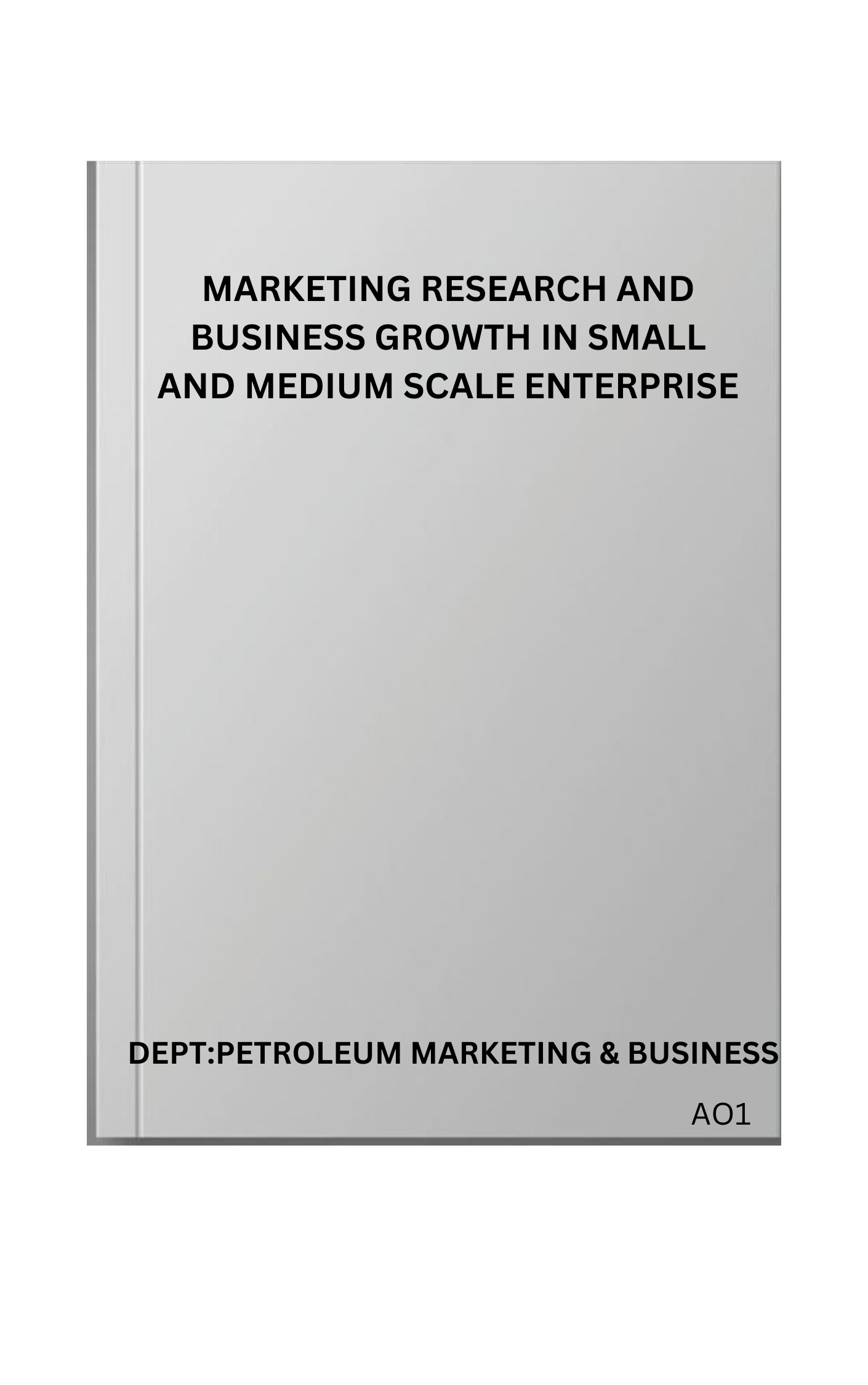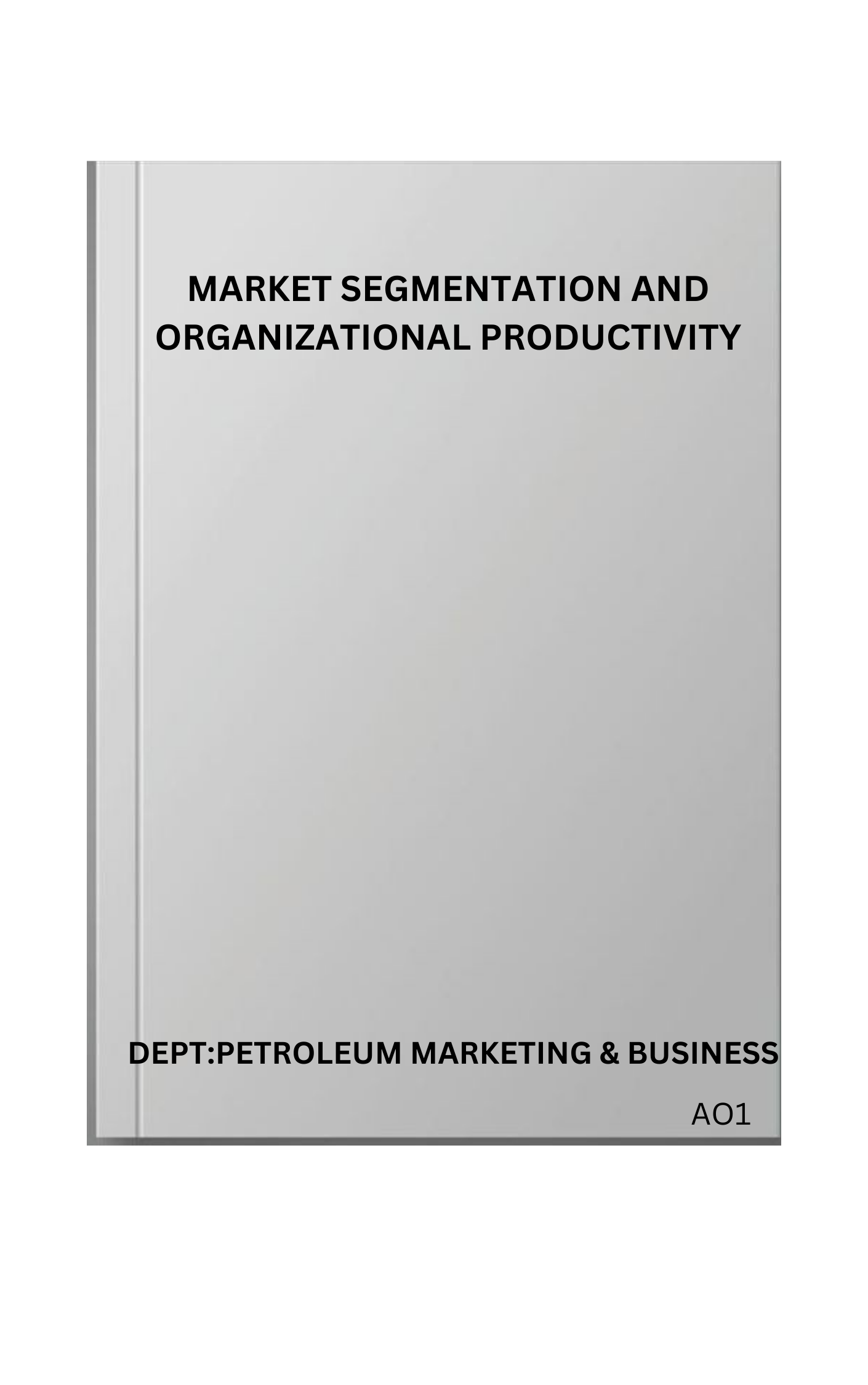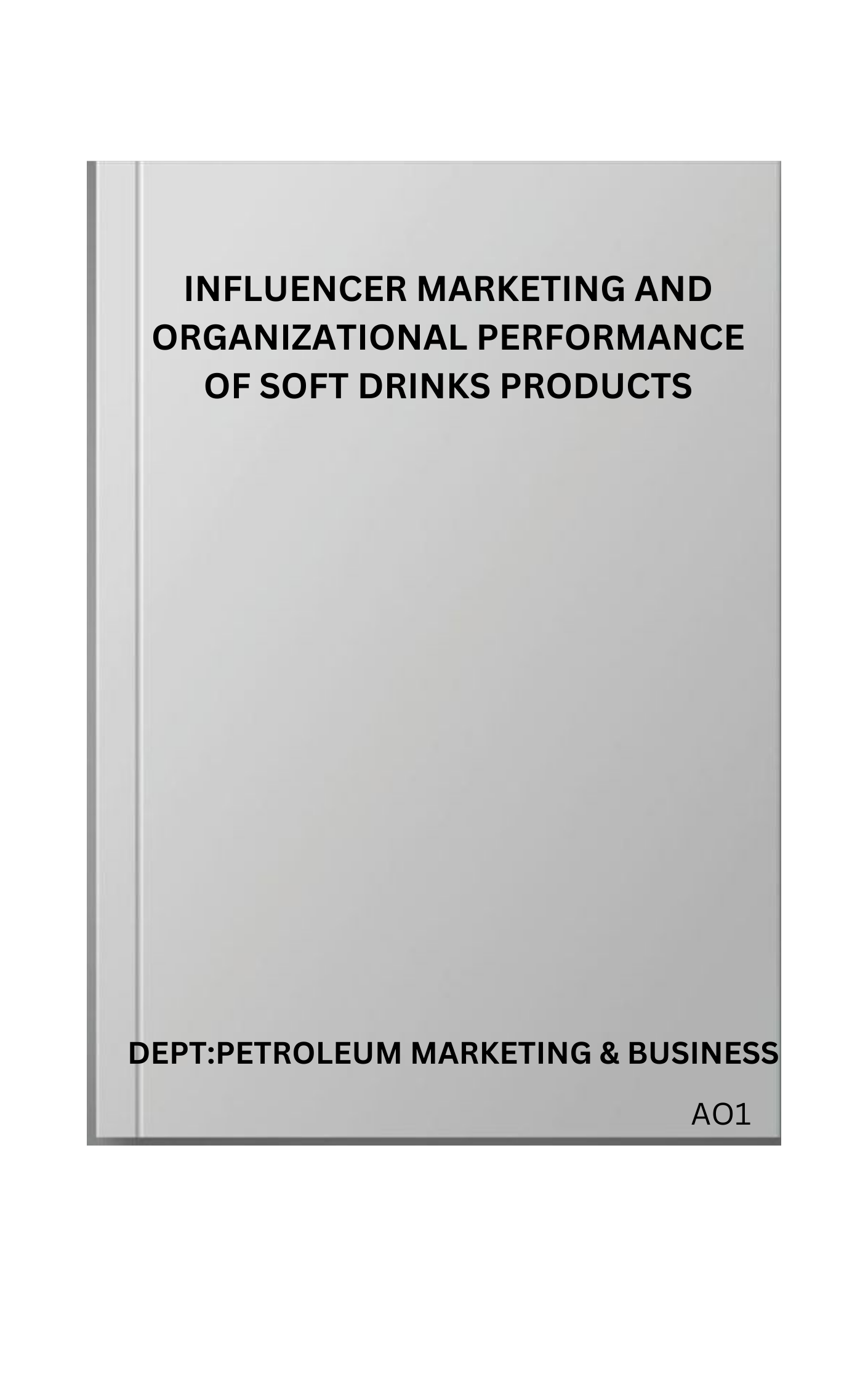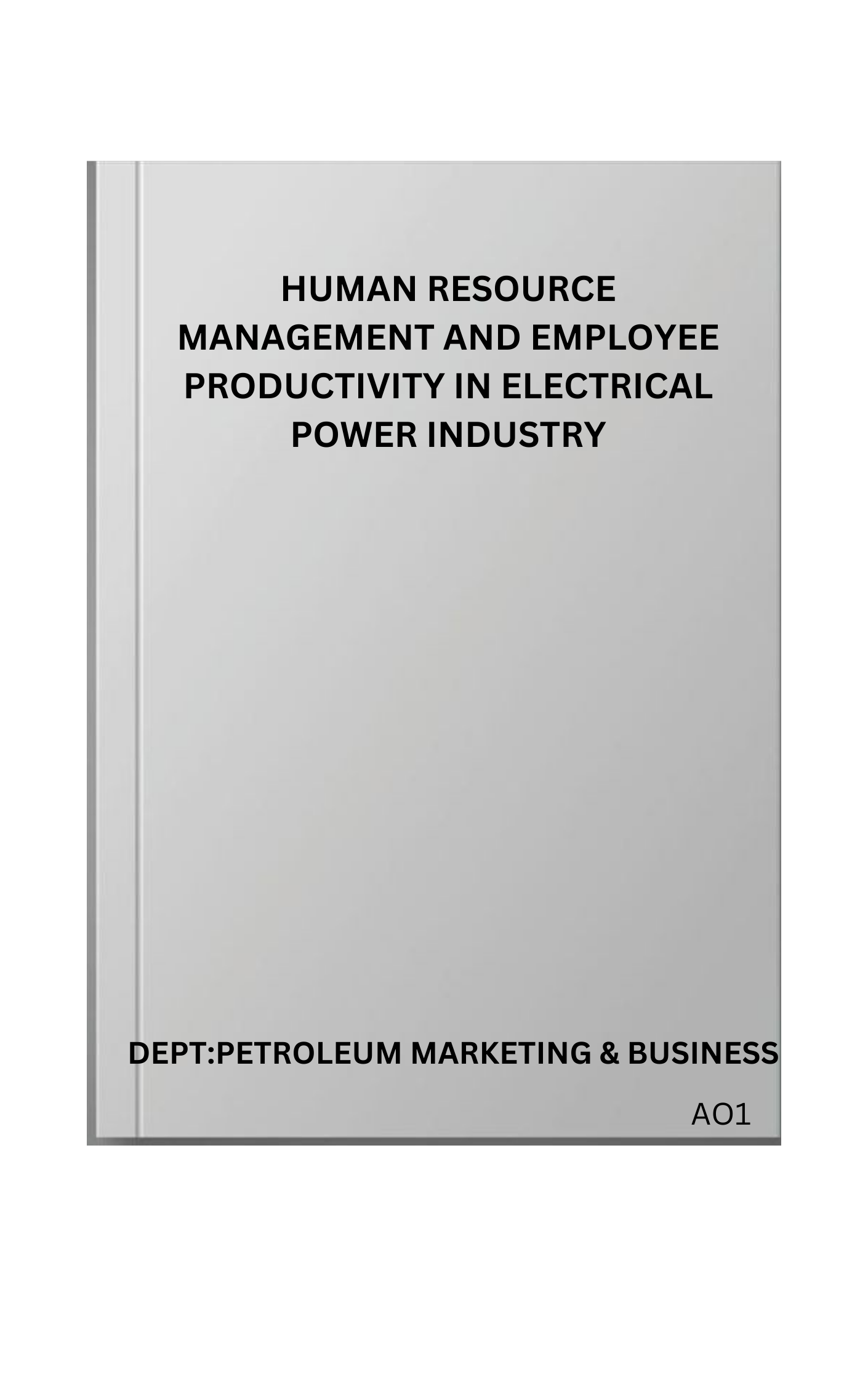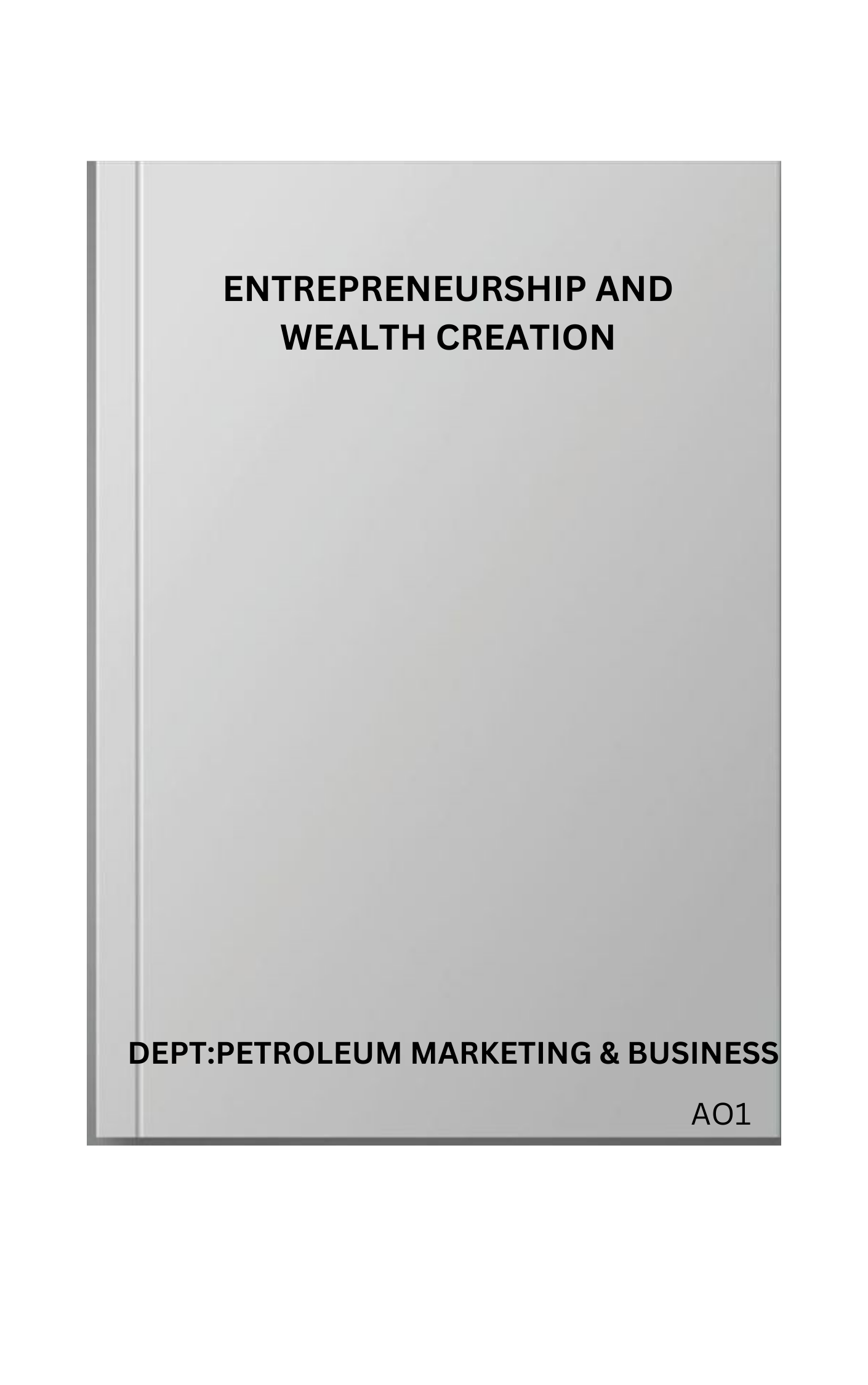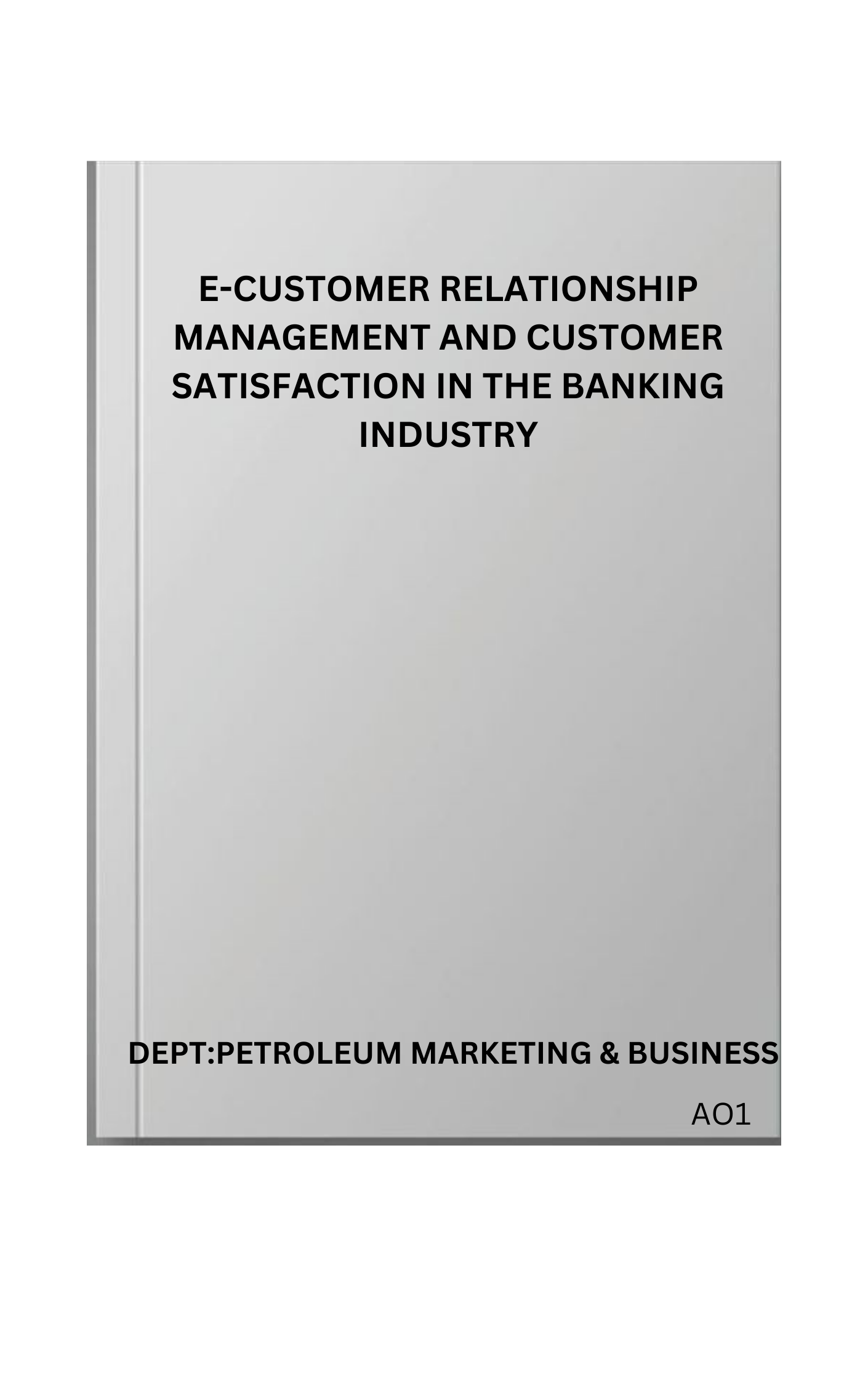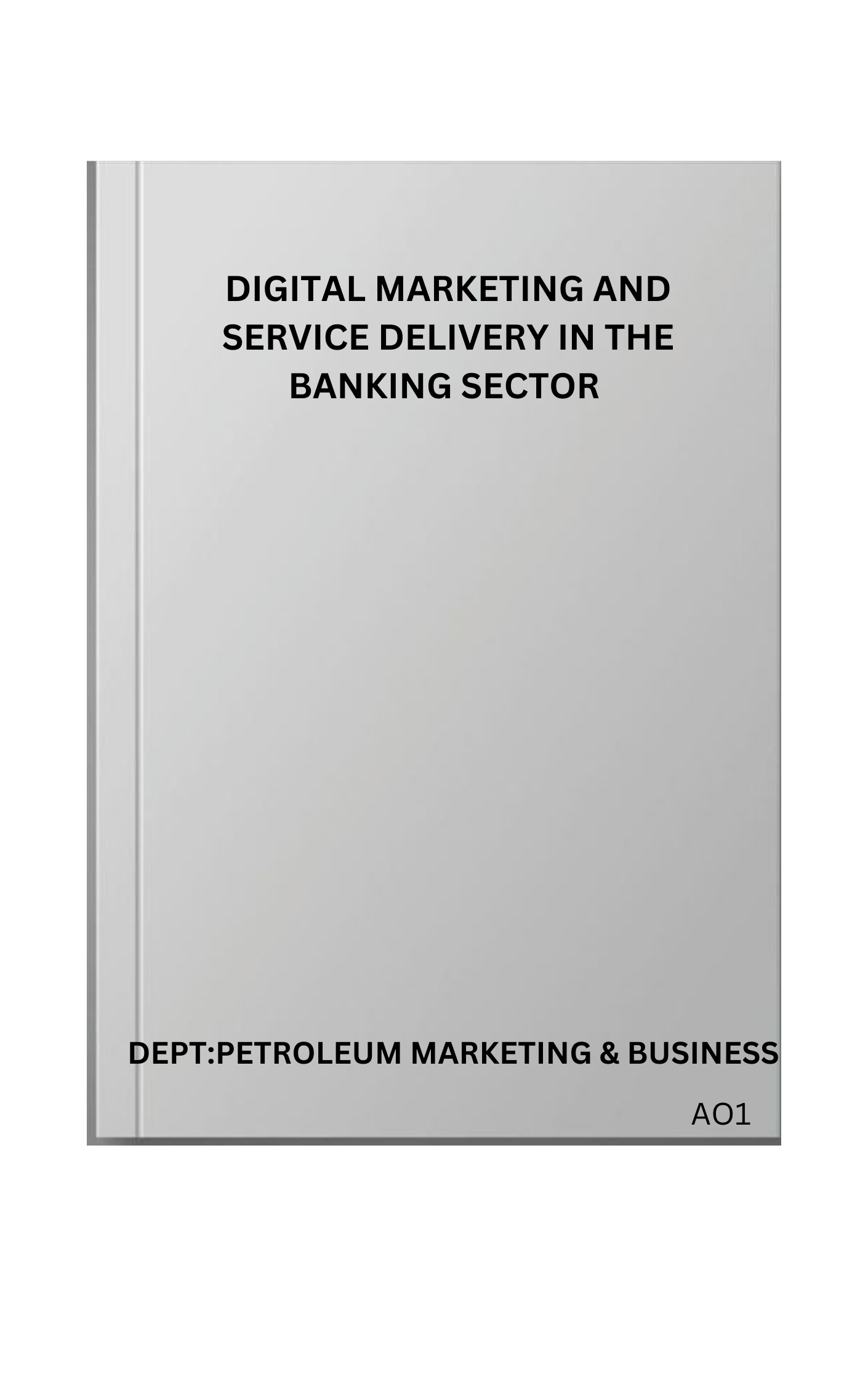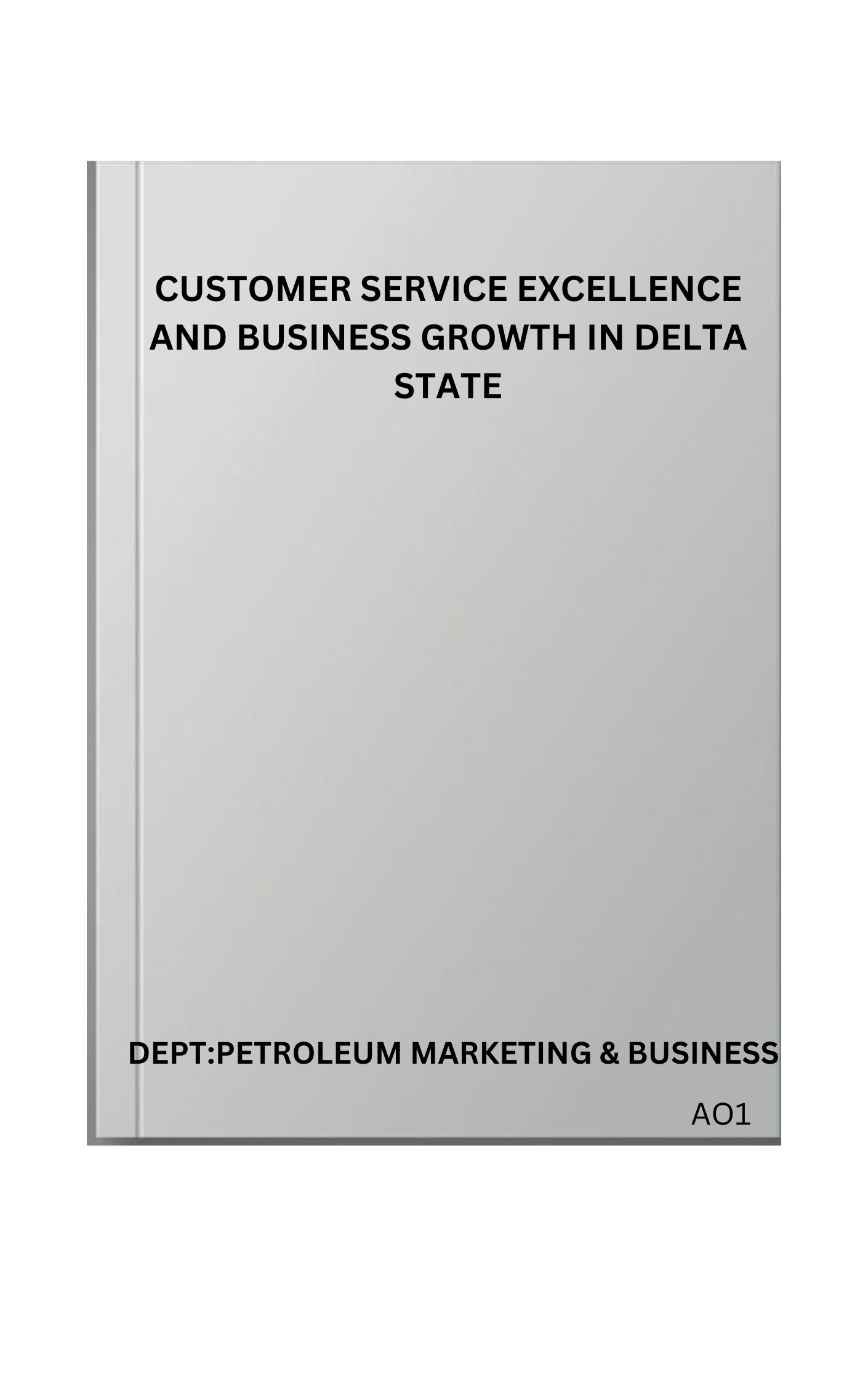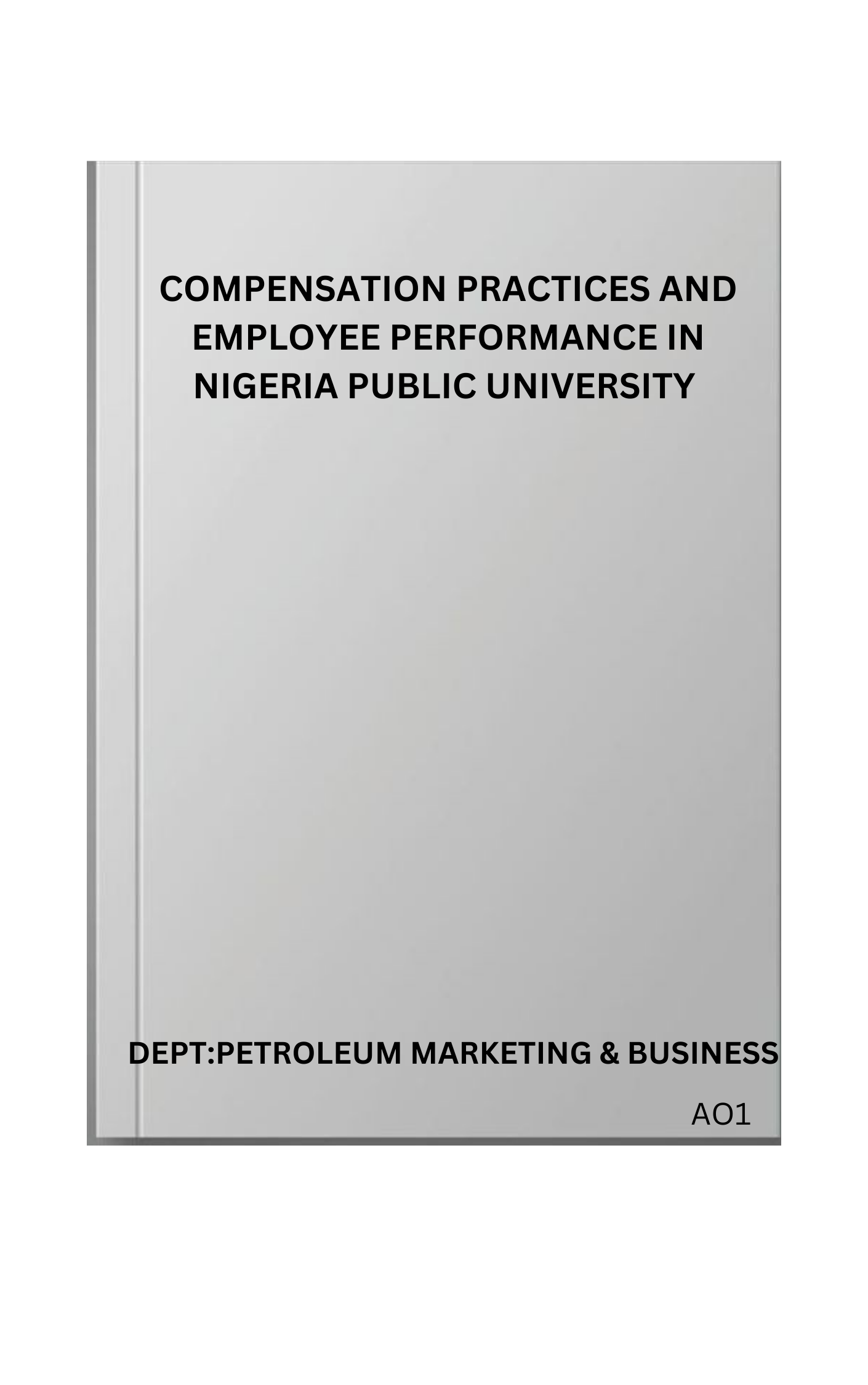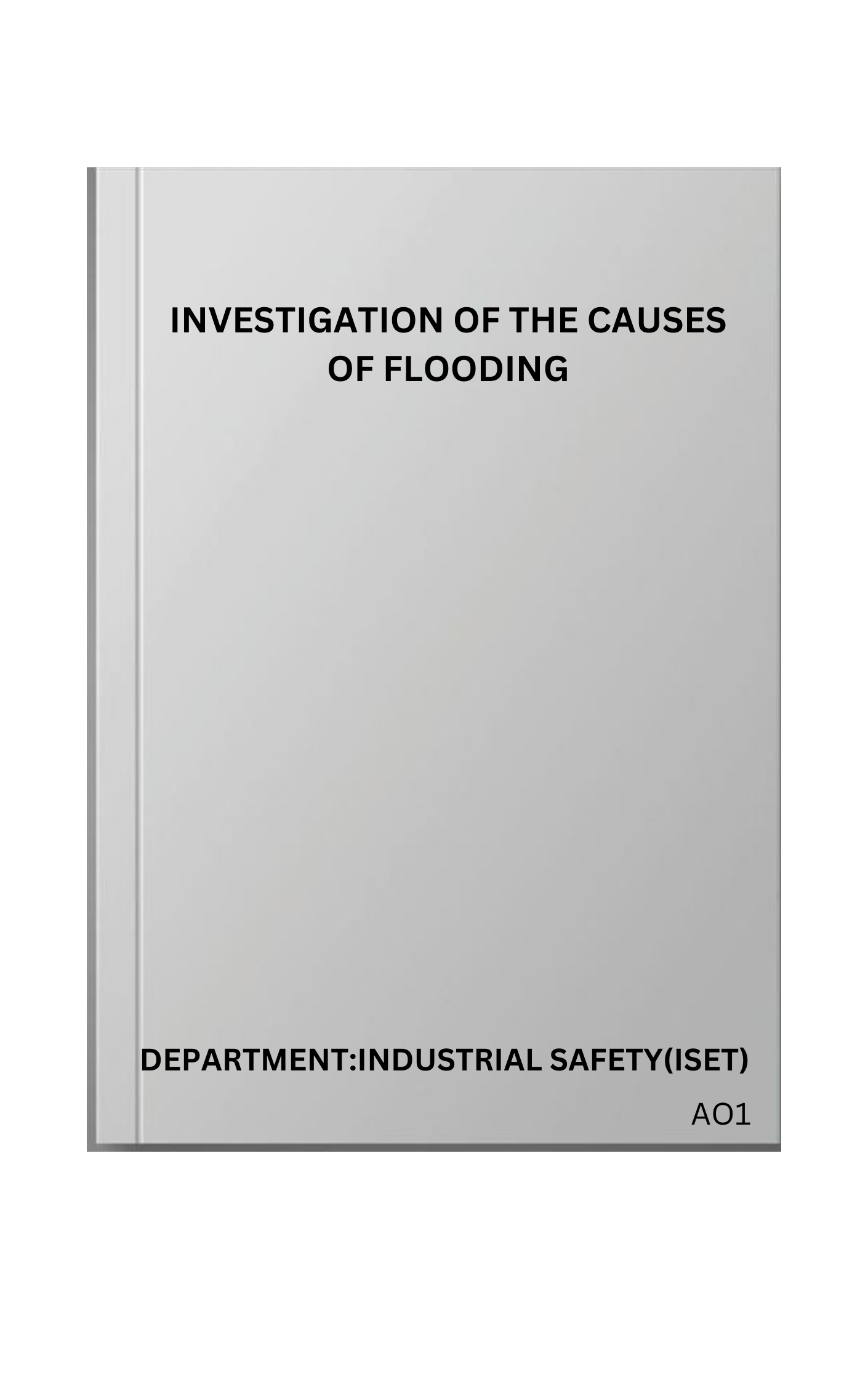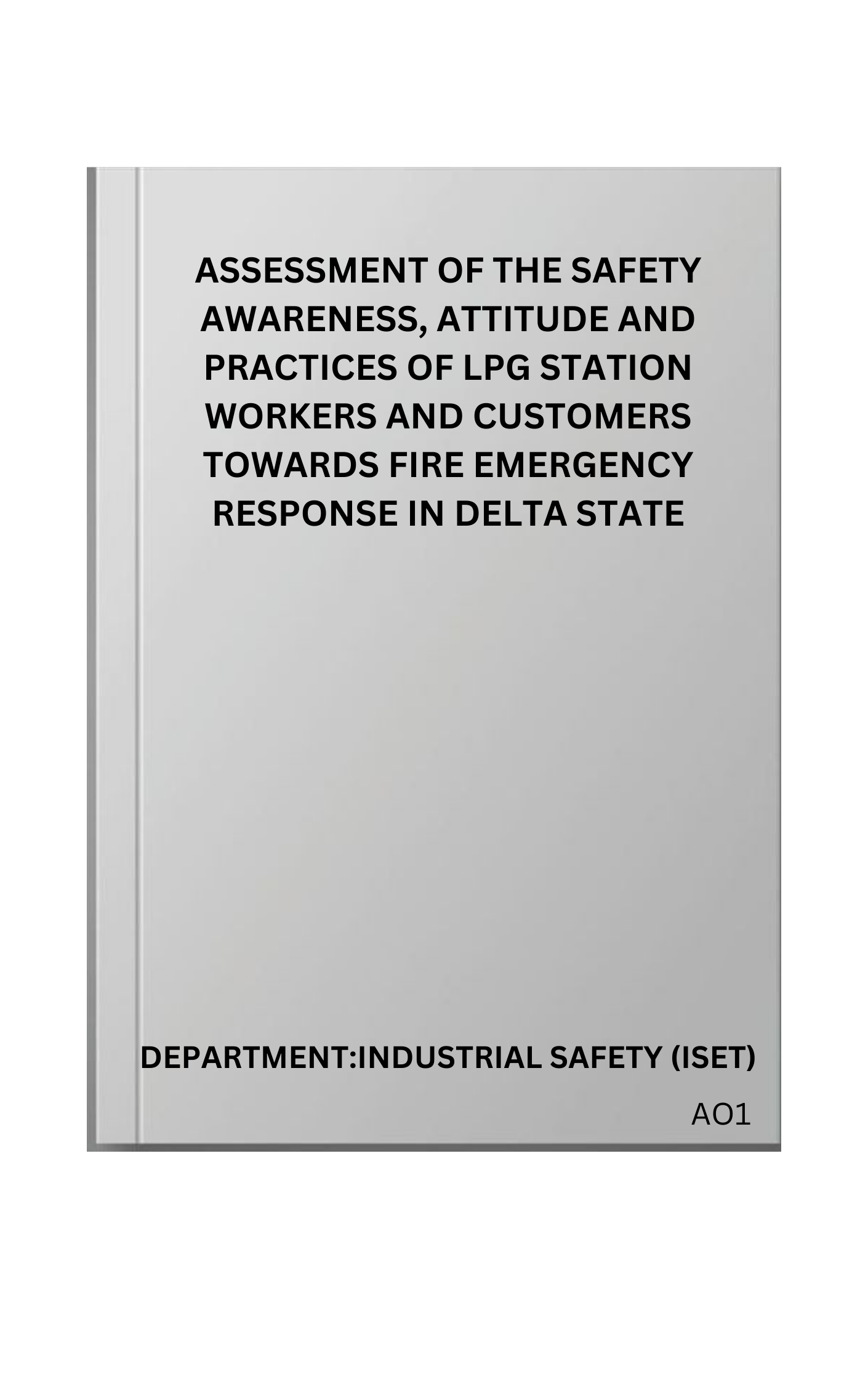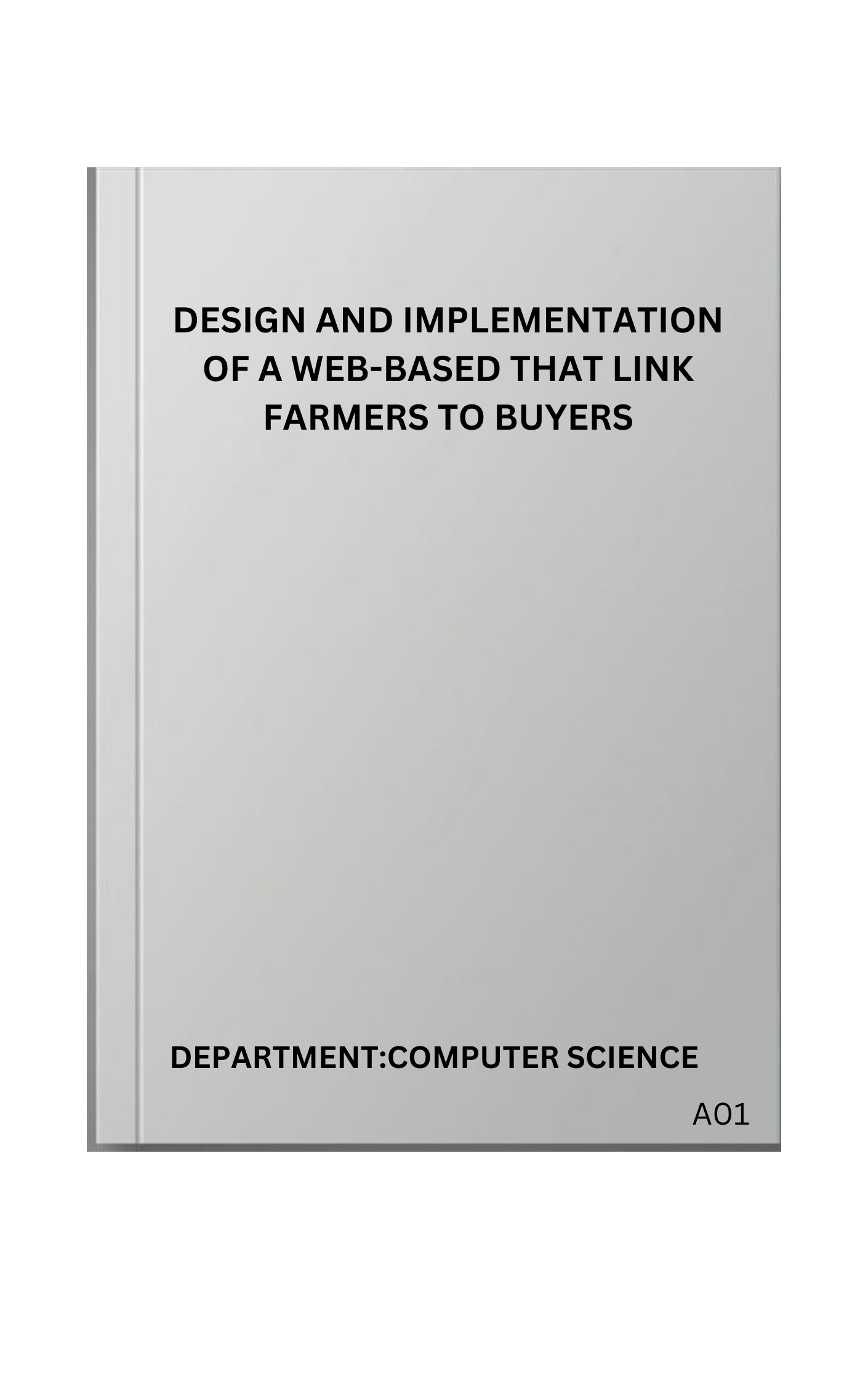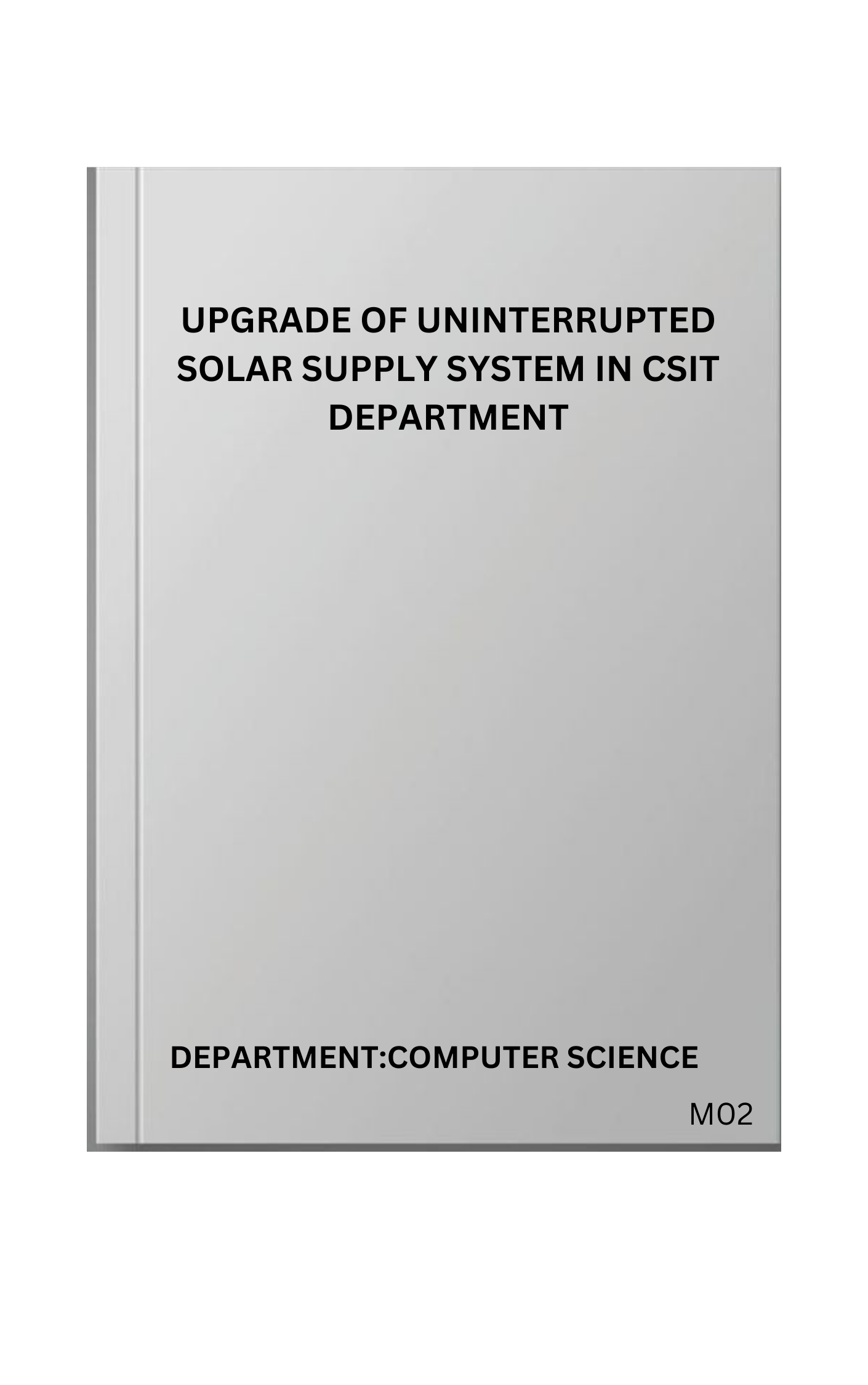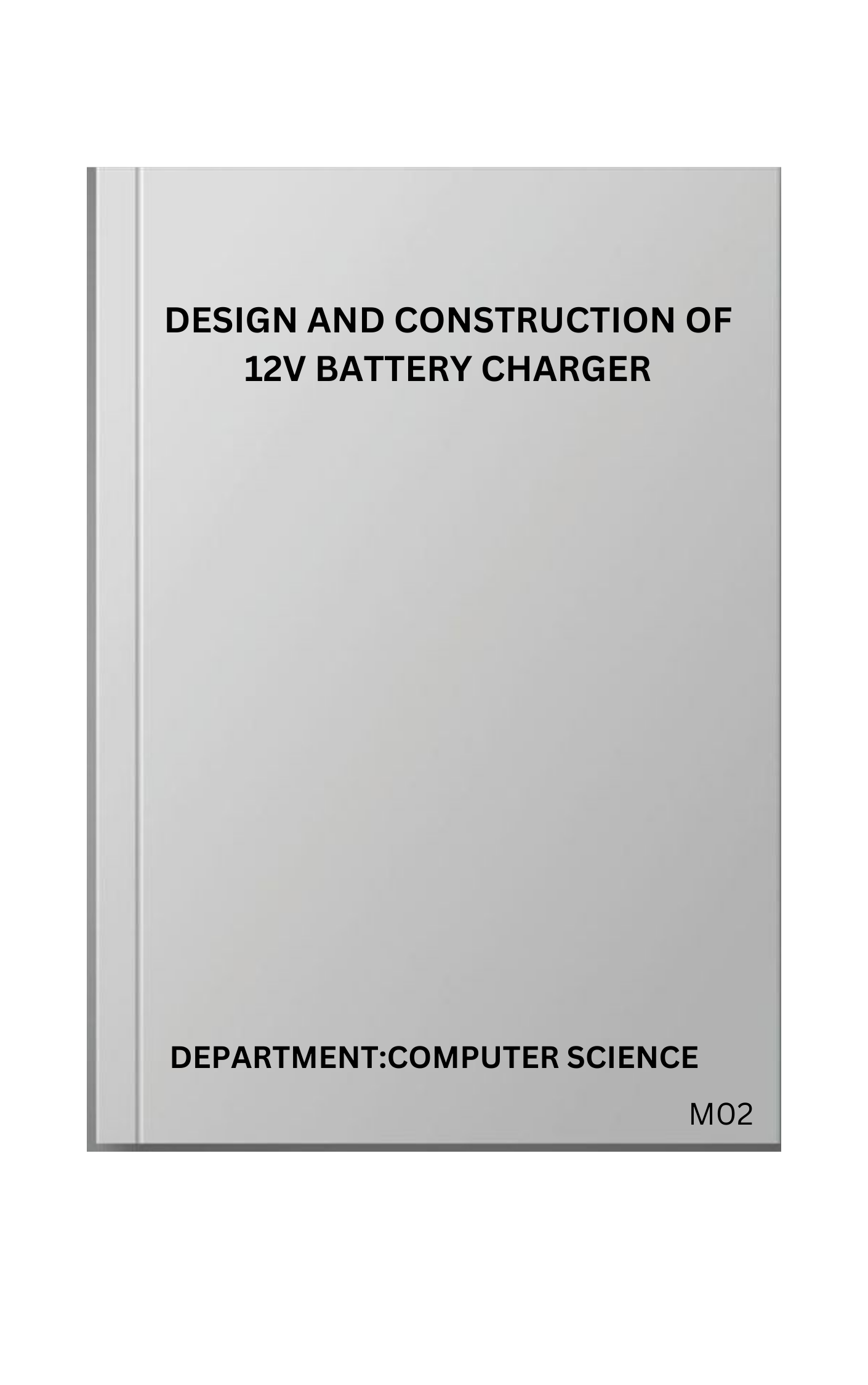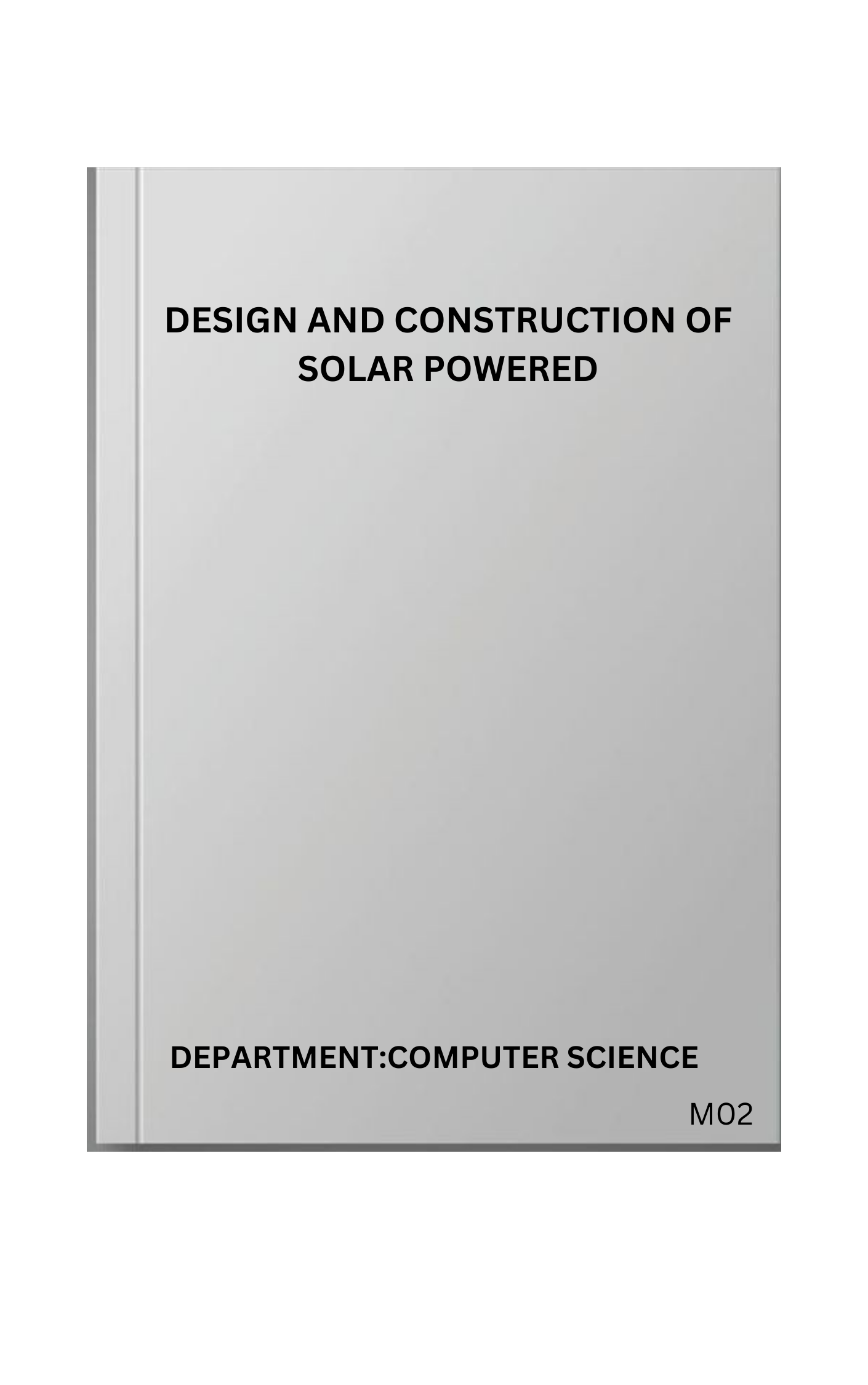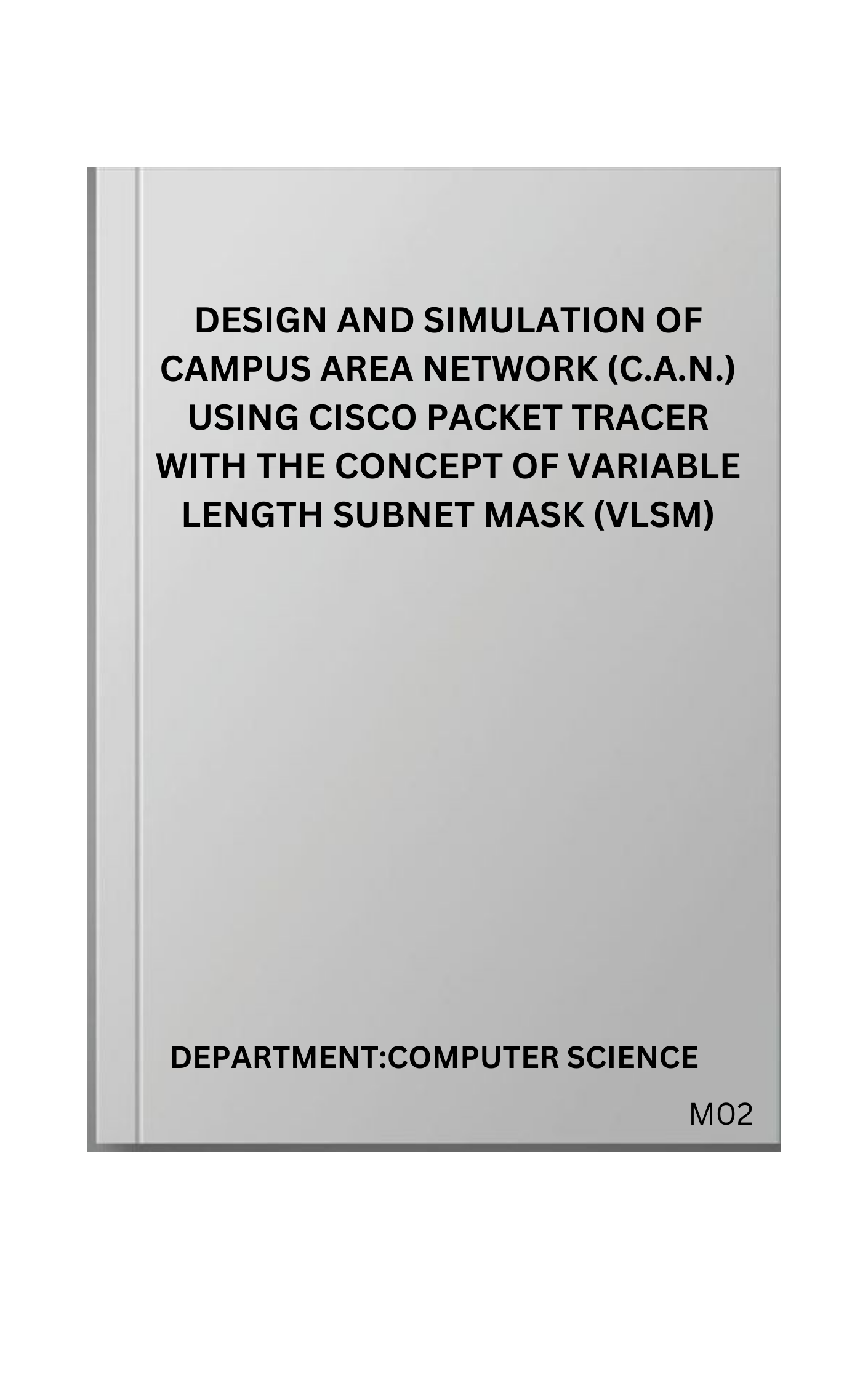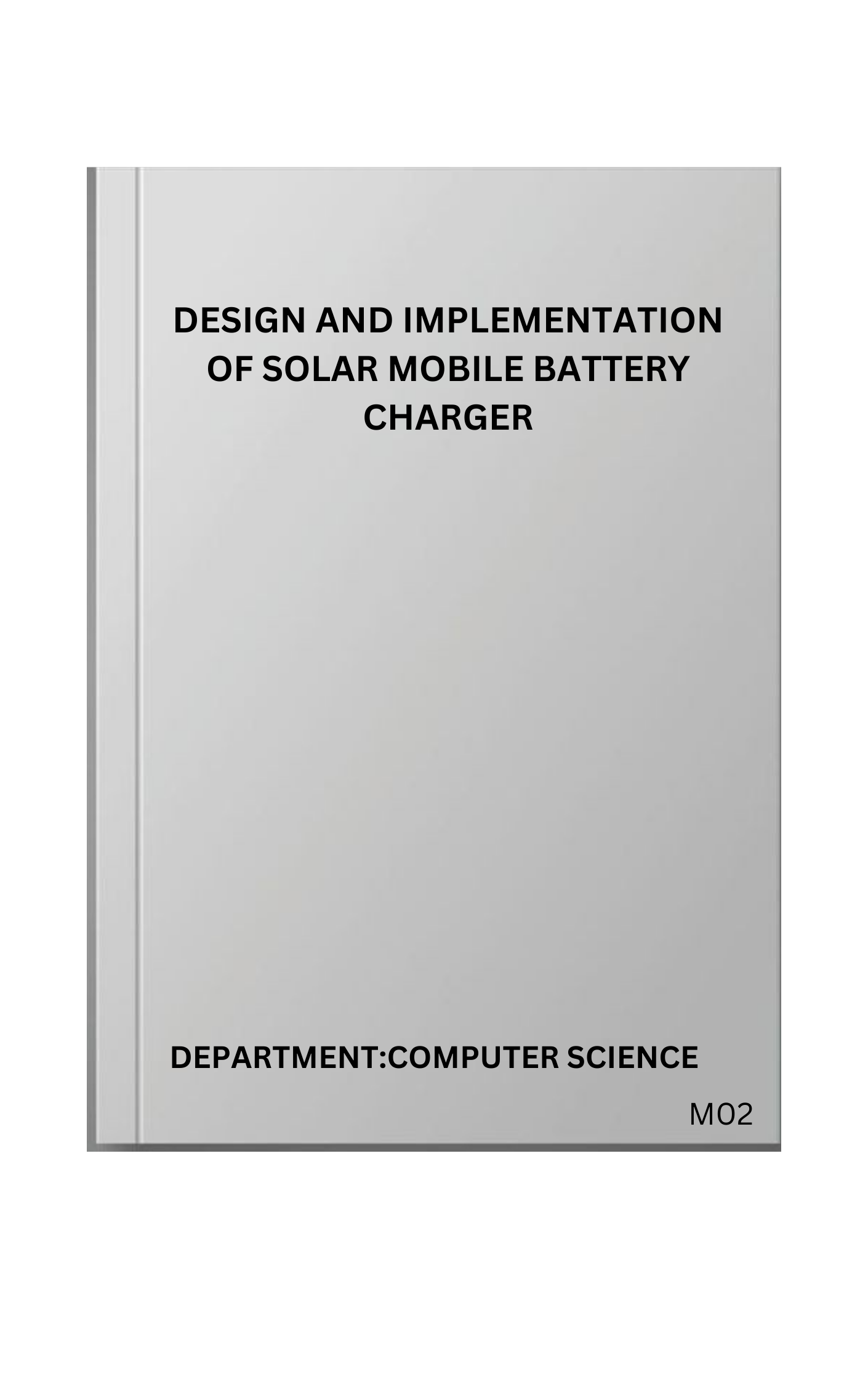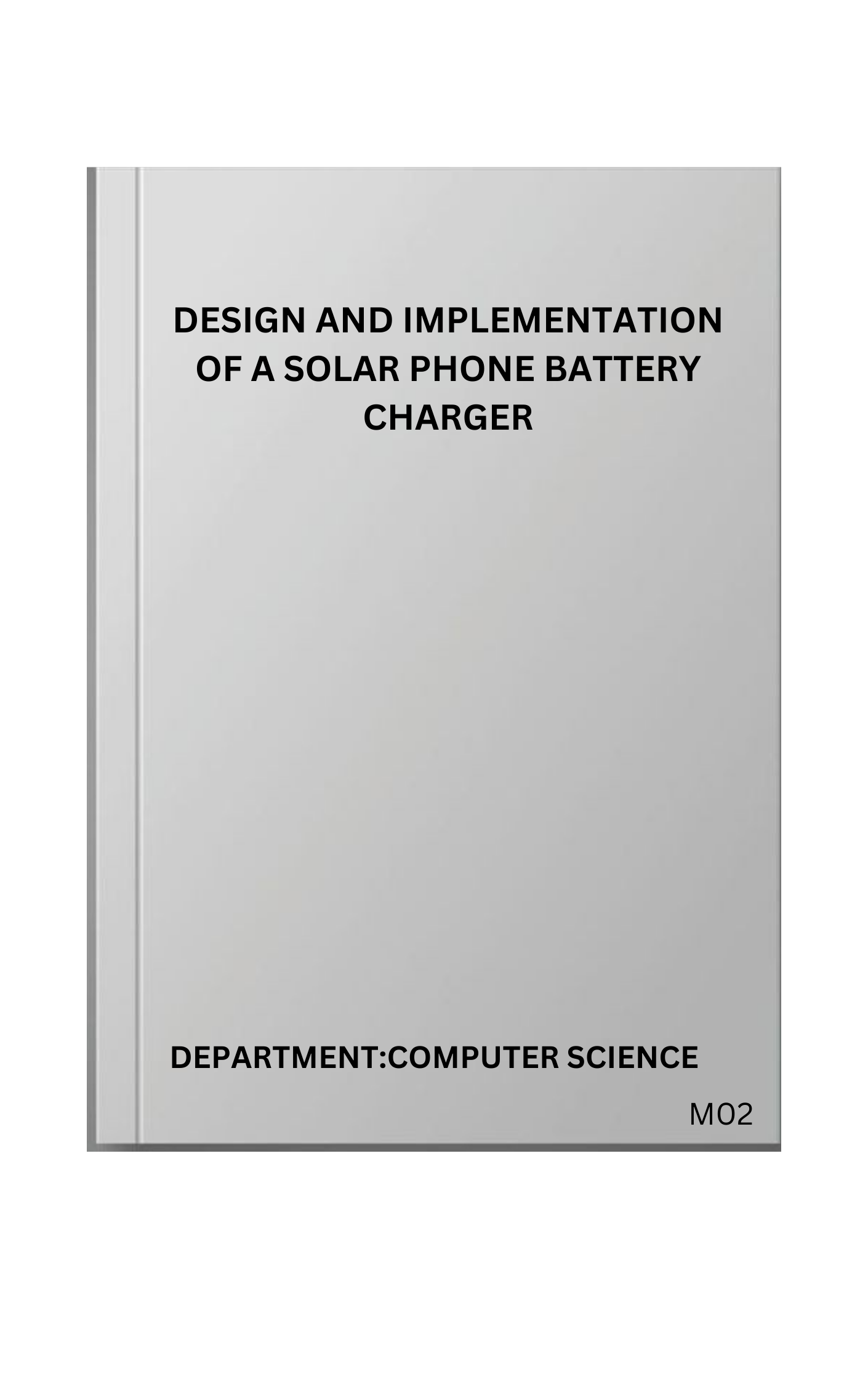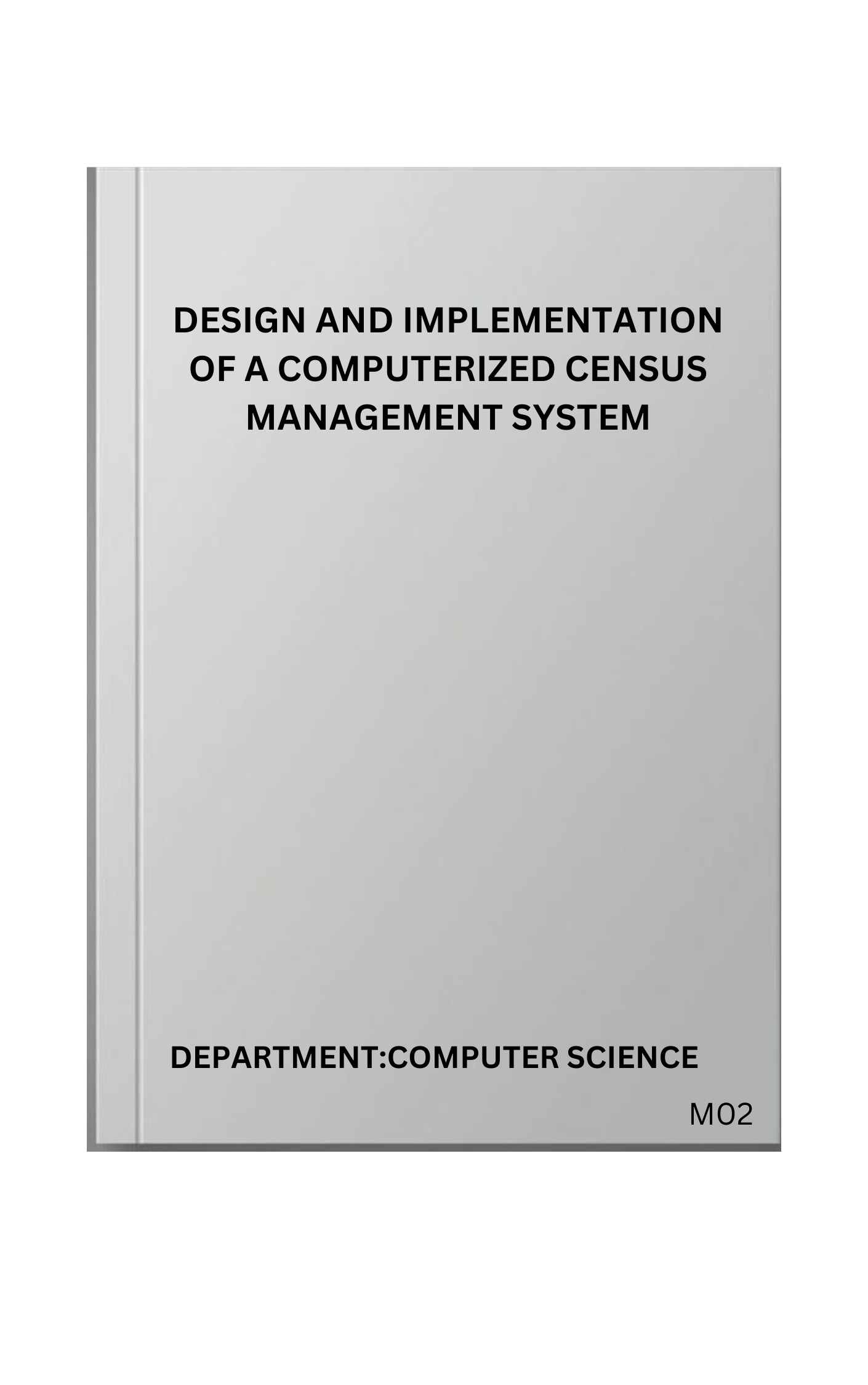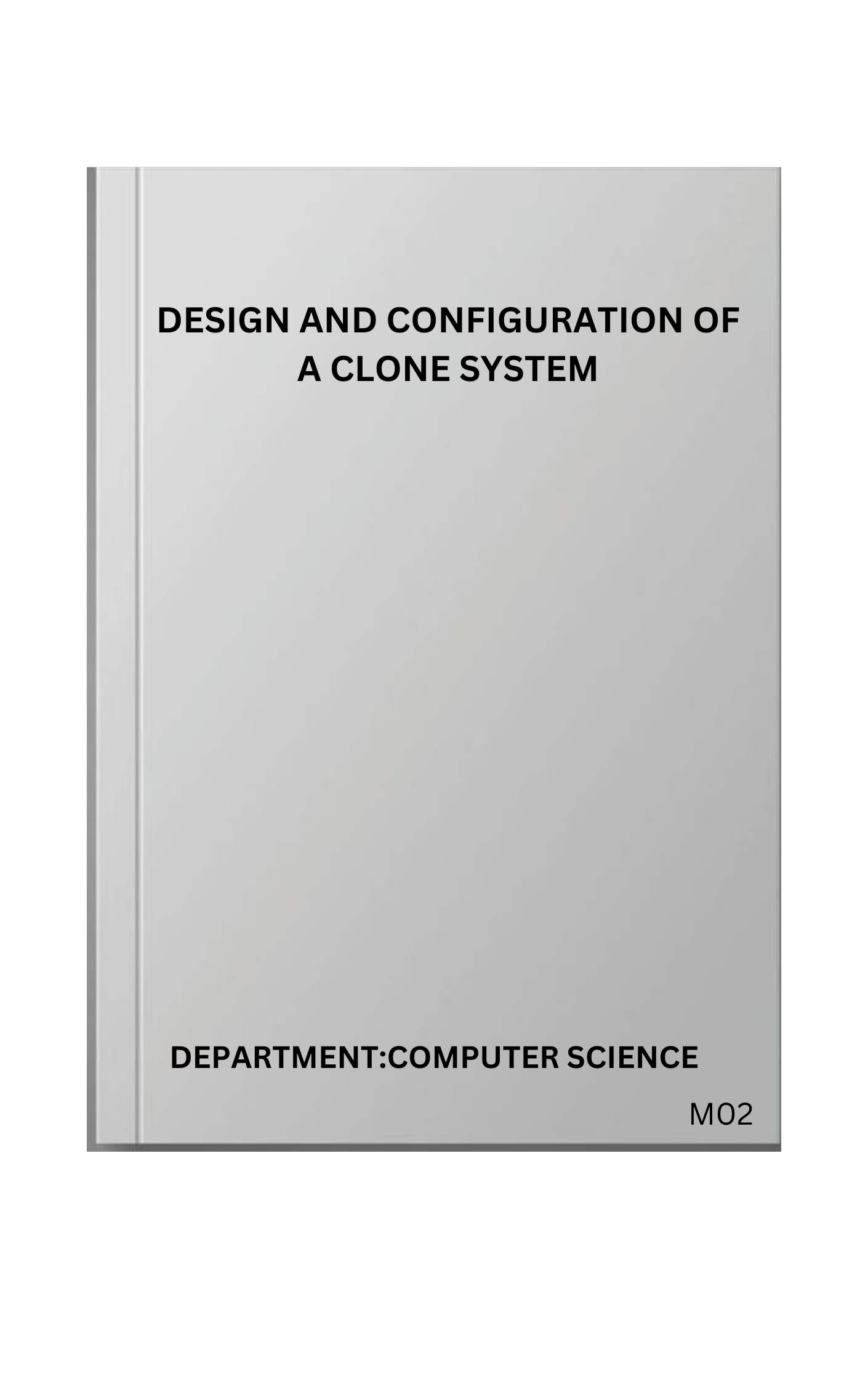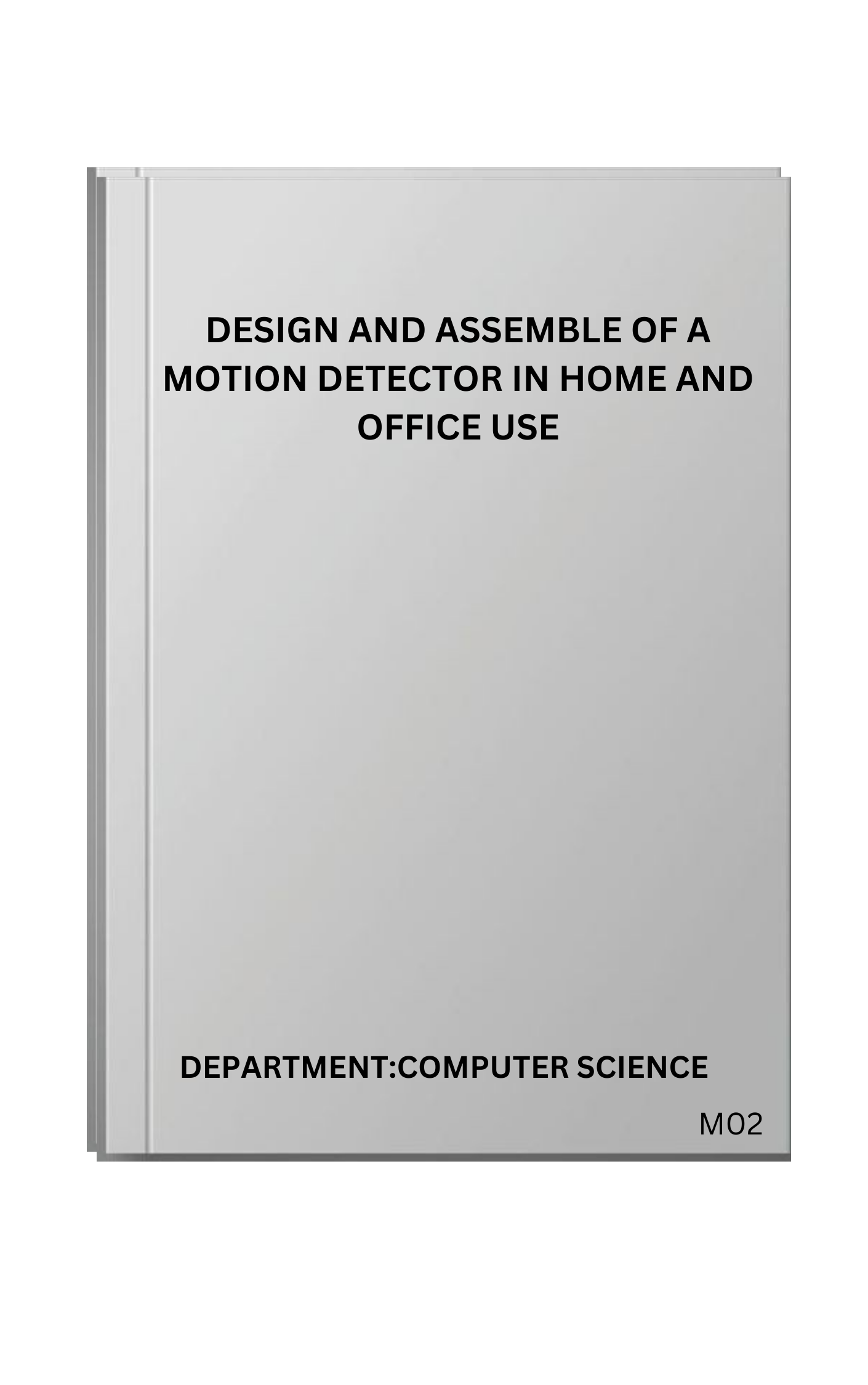CHAPTER ONE
INTRODUCTION
1.1 BACKGROUND OF STUDY
Storage tank industry for the used throughout the oil and gas bulk
Containment of fluids at different stages of refinery process. Modular
refinery is a mini refinery that is used to assist conventional refinery to
increase rate of production. The modular refineries are built in pieces
off-site, then transported to the refinery site and assembled there,
which allows for a faster and more efficient construction process. The
pieces of the refinery designed to fit together and are pre-wired and
pre-plumbed so that they can be quickly and easily installed. The
Components of modular refinery include tank age, a unit, facilities for
gas recovery, and light hydrocarbons, and utility systems such as
steam power, and water treatment plant. The modular the pipeline, as
refinery Capacity ranges between 1000 and 30,000 barrels per day
(bpd). With the use of modular refineries, and oil did not need to be
passed through the Crude will be immediately refined and sent into its
market, which will drastically reduce oil theft.
From crude oil refineries and petrochemical plants Commercial sites
that delay on finished products like diesel and gasoline, storage tanks
will offer a myriad of benefits to different users. The most common
type of storage tank used to store fluids are tank and fixed roof tank
The floating roof tank is armed with a floating roof. This floating roof
adjusts its height by floating up and down depending on the product
level. All high vapor pressure materials such as crude oil, gasoline,
naphtha, Condensate are normally store in a floating roof tank. The
roof of a floating tank is divided into two types: Internal floating roof
and external floating roof.
1
The internal floating roof tanks are better preventing the evaporation
of the liquid, and avoiding external pollution when compared to
external floating roof tanks: A flocking roof tank composes of the roof
itself and a peripheral seal. The seal runs against the side of the tank
and as the liquid level moves up and down, it maintains Constant with
the tank wall to ensure that the liquid does not flow past the seal.
The fixed roof tank has a Stationary woof that is permanently attached
to the tank Shell. Therefore, a vapor space of concentrated vapors
develops above the liquid being stored. The roof can be cone or dome
shaped fixed roof tanks are generally used in refineries to store the
product that does not readily vaporize at ambient or stored Conditions.
It is generally considered as the minimum acceptable equipment for
storing liquids. Products such as diesel and fuel oil are combustible but
not flammable and has be Hearty stored in a very Low vapor pressure,
must fixed roof tank.
Tanks that are designed incorrectly are more likely to fail and can do
so quite spectacularly. Any issue with the construction, including the
welding, the integrity of theshells, the stability of the roof, or the
seams, can use leaks and failure. To avoid this, every tank Should
comply with the relevant standards. the American Petroleum institute
API- 650 Standards outline minimum requirements for the design,
fabrication, erection and inspection of welded storage tank in the oil
and industry. Jas
1.2 PROBLEM STATEMENT
In the context of designing modular refinery, the challenge lies in
creating a storage tank for a Storage Solution that addresses the
Specific needs and of a Standardized design framework for Such
storage tank. results in inefficiencies, potential environmental risk and
2
3
operational bottle necks. The problem stems from the fact that
modular refineries, often established in remote or underserved
regions, require storage tanks that are not only adaptable to various
types of petroleum products but also module in design to align with
the refinery's Scalability. Currently, there is a lack of established
guidelines or best practices for designing Storage tanks tailored to
these unique operational requirements. This problem is significant due
to the increasing demand for modular refineries in regions lacking
access to traditional refineries. These areas often face challenges in
transportation and logistics, making the efficient and Safe storage of
crude oil and refined products.
1.3 AIM OF STUDY
To design a storage tank for a modular refinery
PAY TO GET COMPLETE PROJECT


